-
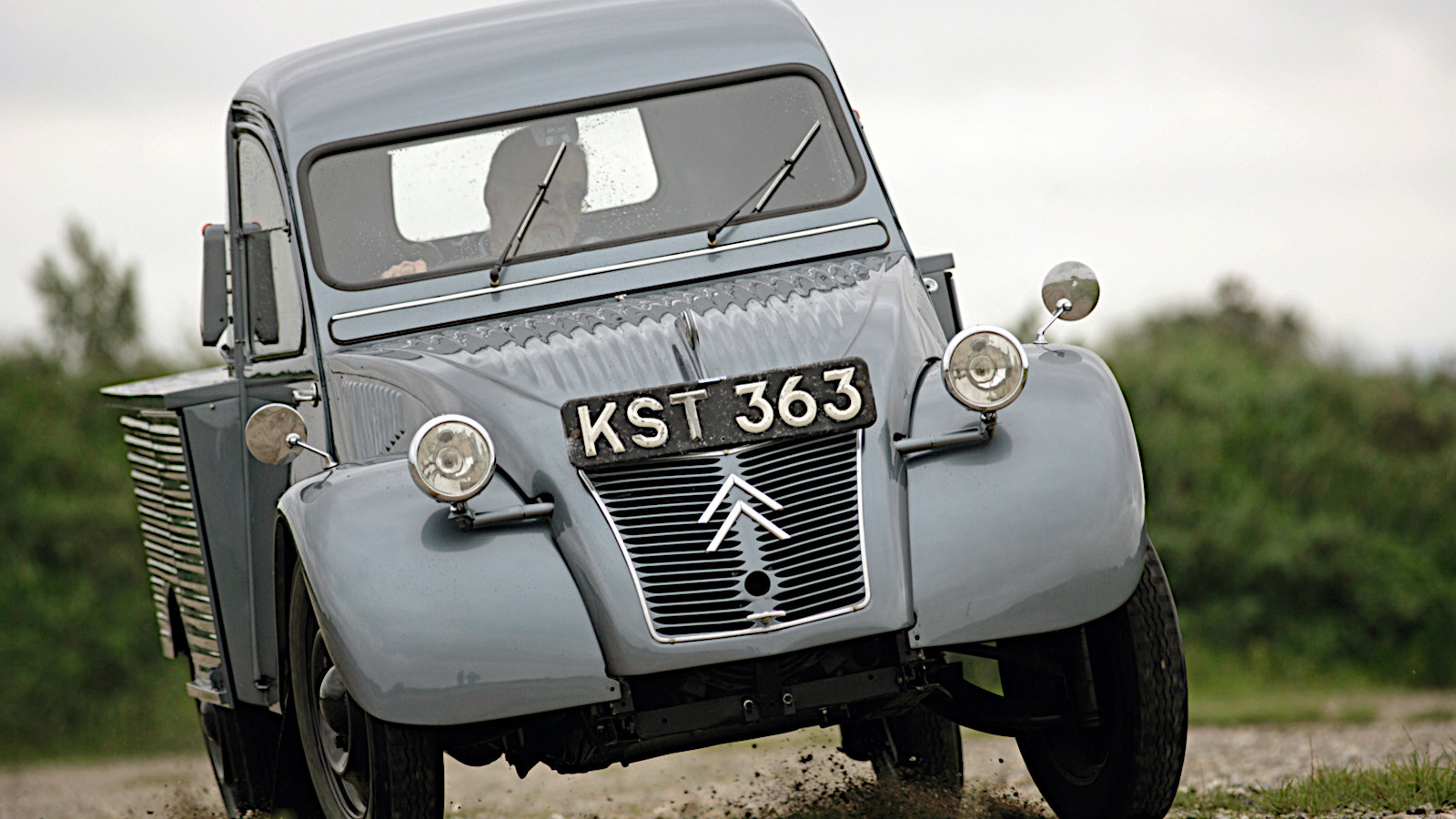 © Tony Baker/Classic & Sports Car
© Tony Baker/Classic & Sports Car -
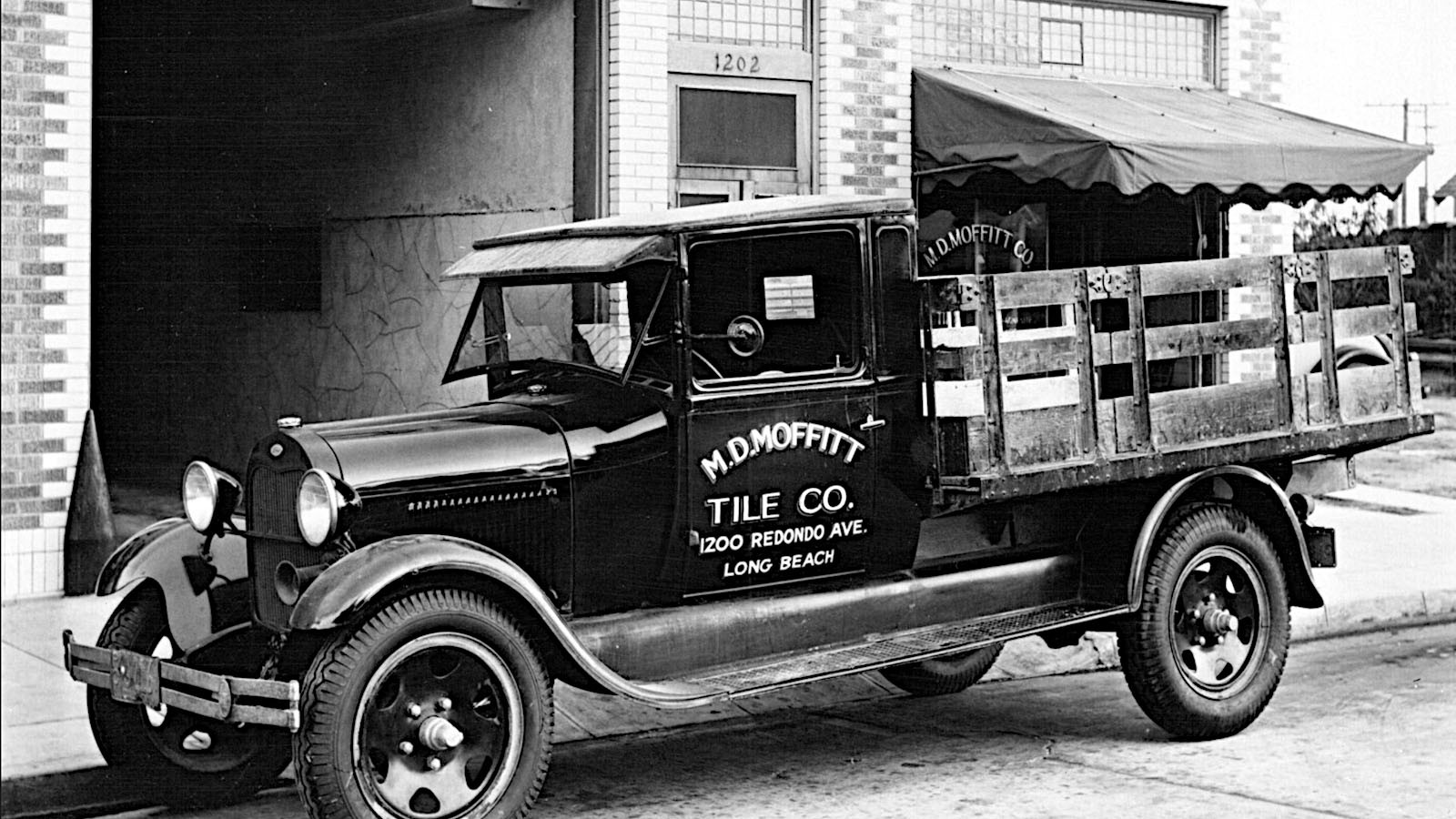 © Ford
© Ford -
 © Charles01/Creative Commons licence https://creativecommons.org/licenses/by-sa/3.0/legalcode.en
© Charles01/Creative Commons licence https://creativecommons.org/licenses/by-sa/3.0/legalcode.en -
 © RM Sotheby’s
© RM Sotheby’s -
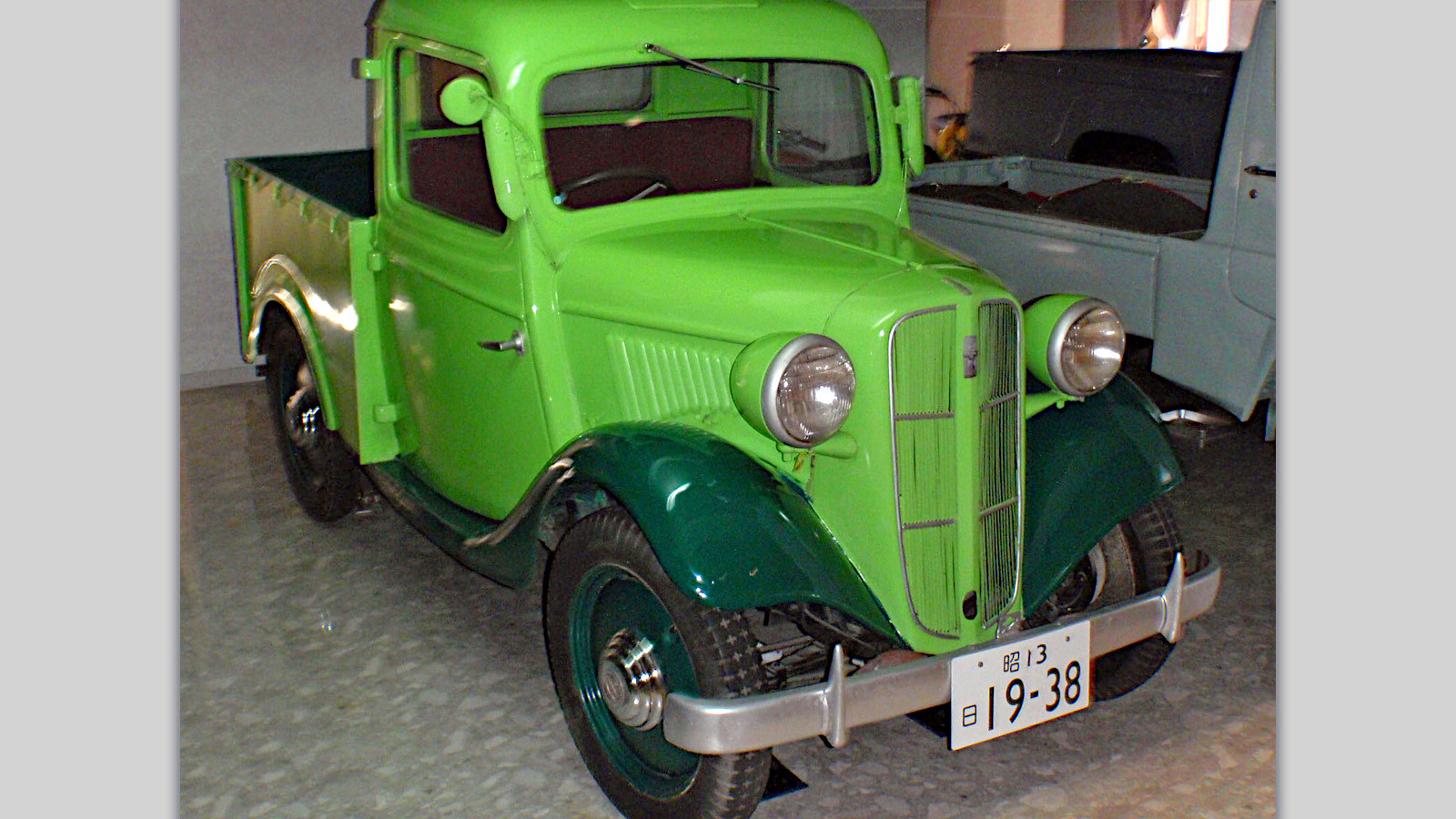 © Kzaral/Creative Commons licence https://creativecommons.org/licenses/by/2.0/legalcode.en
© Kzaral/Creative Commons licence https://creativecommons.org/licenses/by/2.0/legalcode.en -
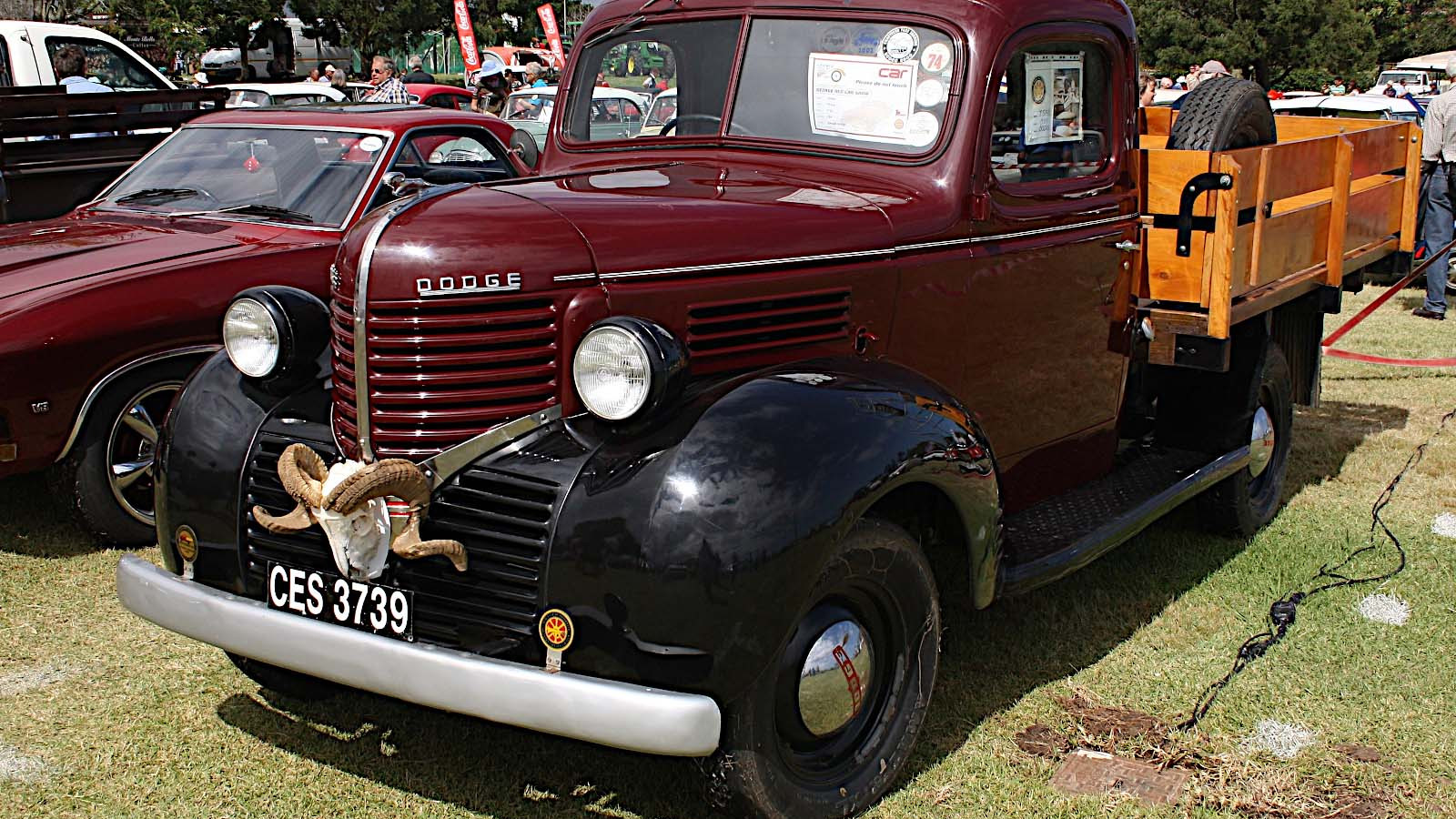 © Bob Adams/Creative Commons licence https://creativecommons.org/licenses/by-sa/2.0/legalcode.en
© Bob Adams/Creative Commons licence https://creativecommons.org/licenses/by-sa/2.0/legalcode.en -
 © Stephen Foskett/Creative Commons licence https://creativecommons.org/licenses/by-sa/3.0/legalcode.en
© Stephen Foskett/Creative Commons licence https://creativecommons.org/licenses/by-sa/3.0/legalcode.en -
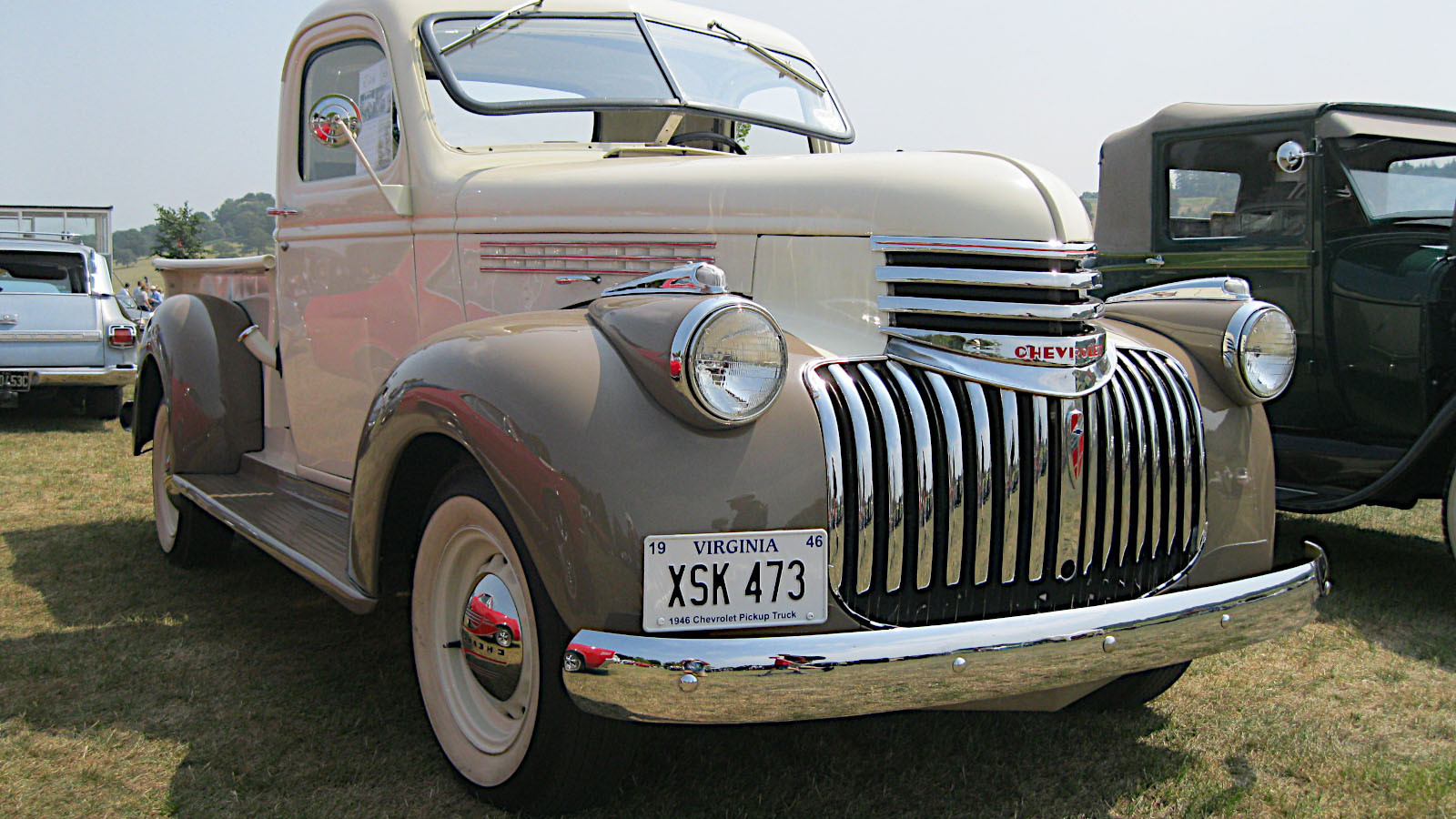 © Andrew Bone/Creative Commons licence https://creativecommons.org/licenses/by/2.0/legalcode.en
© Andrew Bone/Creative Commons licence https://creativecommons.org/licenses/by/2.0/legalcode.en -
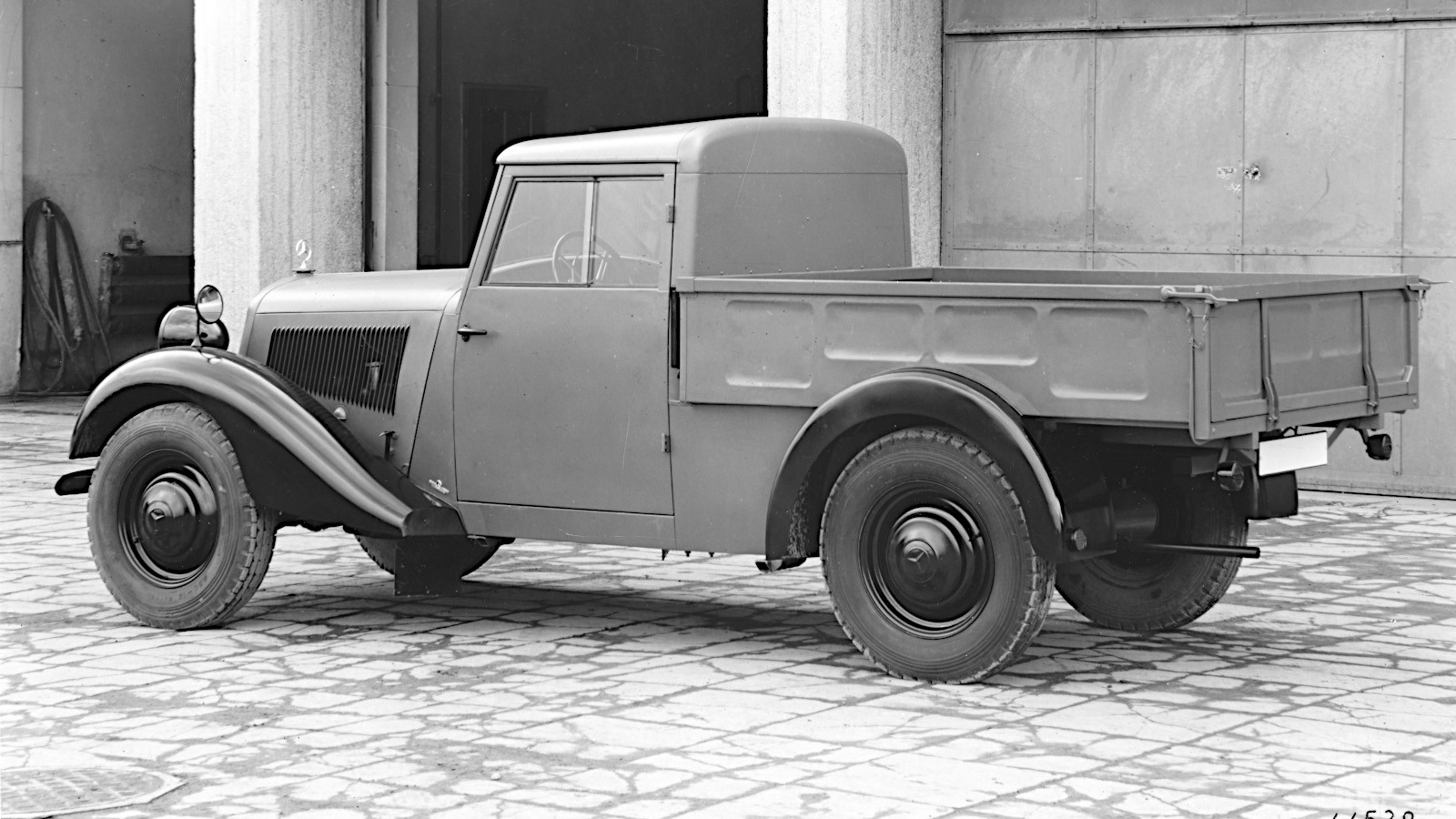 © Mercedes-Benz
© Mercedes-Benz -
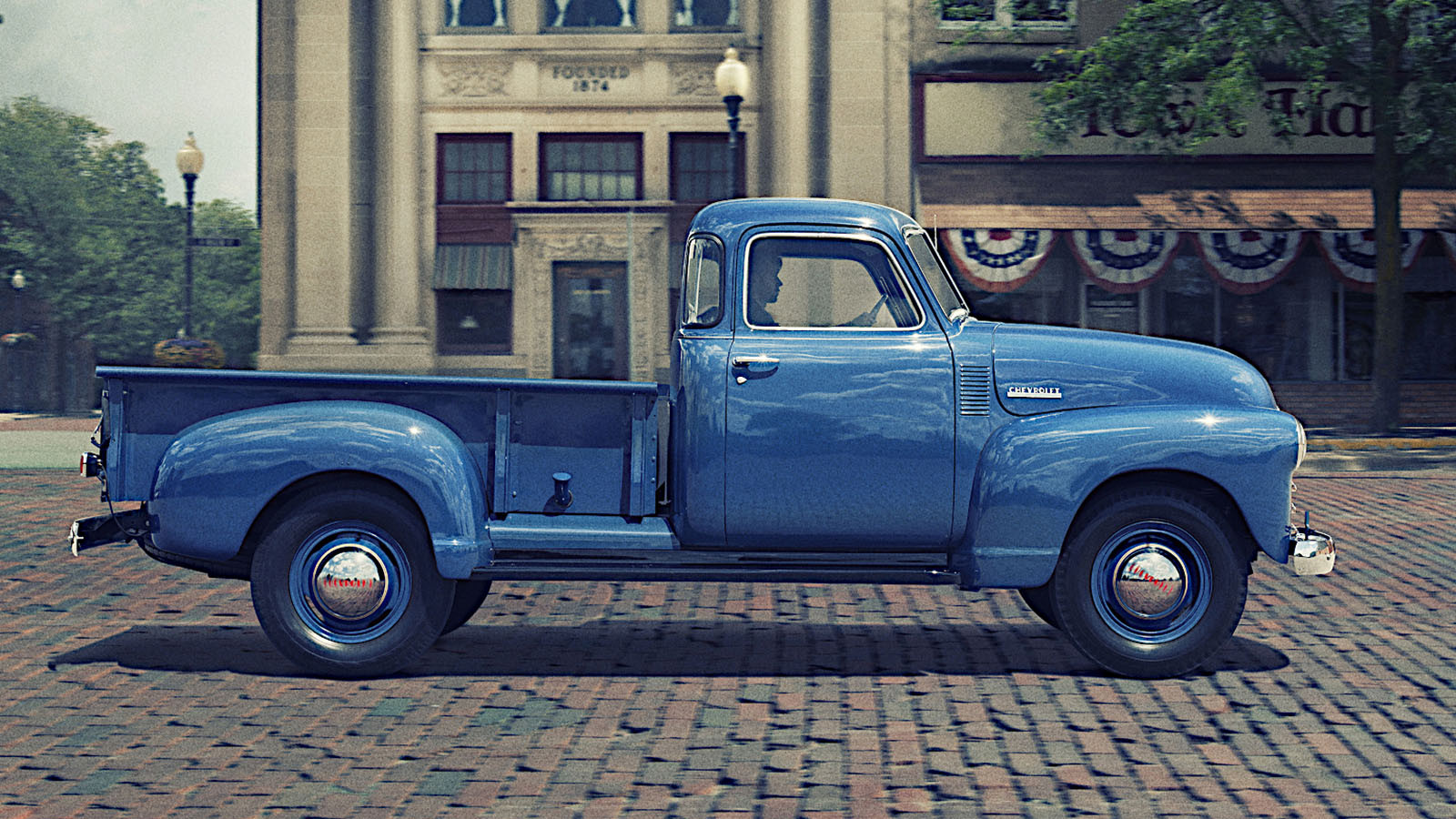 © GM
© GM -
 © Thesupermat/Creative Commons licence https://creativecommons.org/licenses/by-sa/4.0/legalcode.en
© Thesupermat/Creative Commons licence https://creativecommons.org/licenses/by-sa/4.0/legalcode.en -
 © Stephen Hanafin/Creative Commons licence https://creativecommons.org/licenses/by-sa/2.0/legalcode.en
© Stephen Hanafin/Creative Commons licence https://creativecommons.org/licenses/by-sa/2.0/legalcode.en -
 © NRMA Motoring and Services, Sydney/Creative Commons licence https://creativecommons.org/licenses/by/2.0/legalcode.en
© NRMA Motoring and Services, Sydney/Creative Commons licence https://creativecommons.org/licenses/by/2.0/legalcode.en -
 © Tony Baker/Classic & Sports Car
© Tony Baker/Classic & Sports Car -
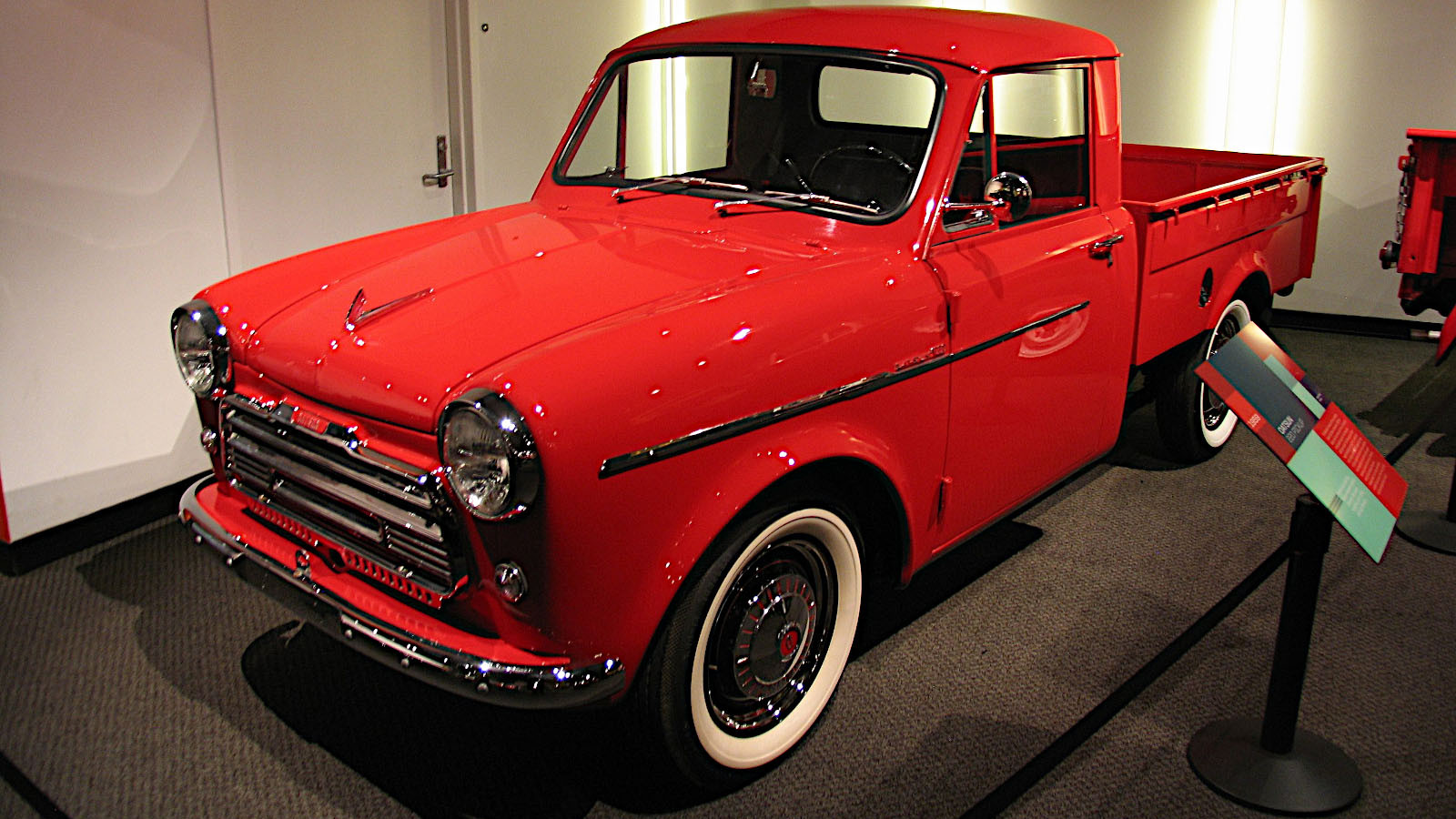 © Jacob Frey/Creative Commons licence https://creativecommons.org/licenses/by/2.0/legalcode.en
© Jacob Frey/Creative Commons licence https://creativecommons.org/licenses/by/2.0/legalcode.en -
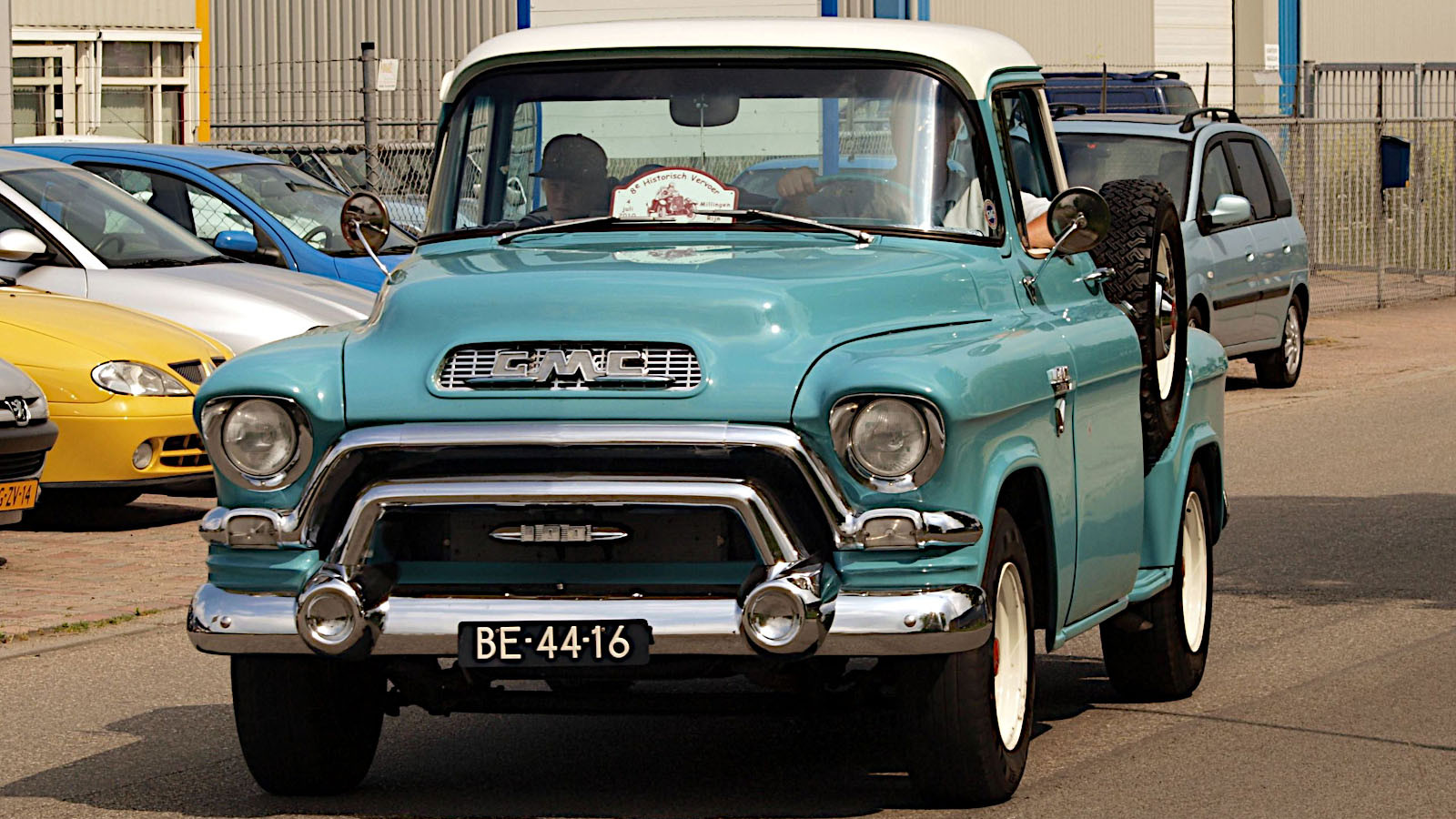 © Alf van Beem/Public domain
© Alf van Beem/Public domain -
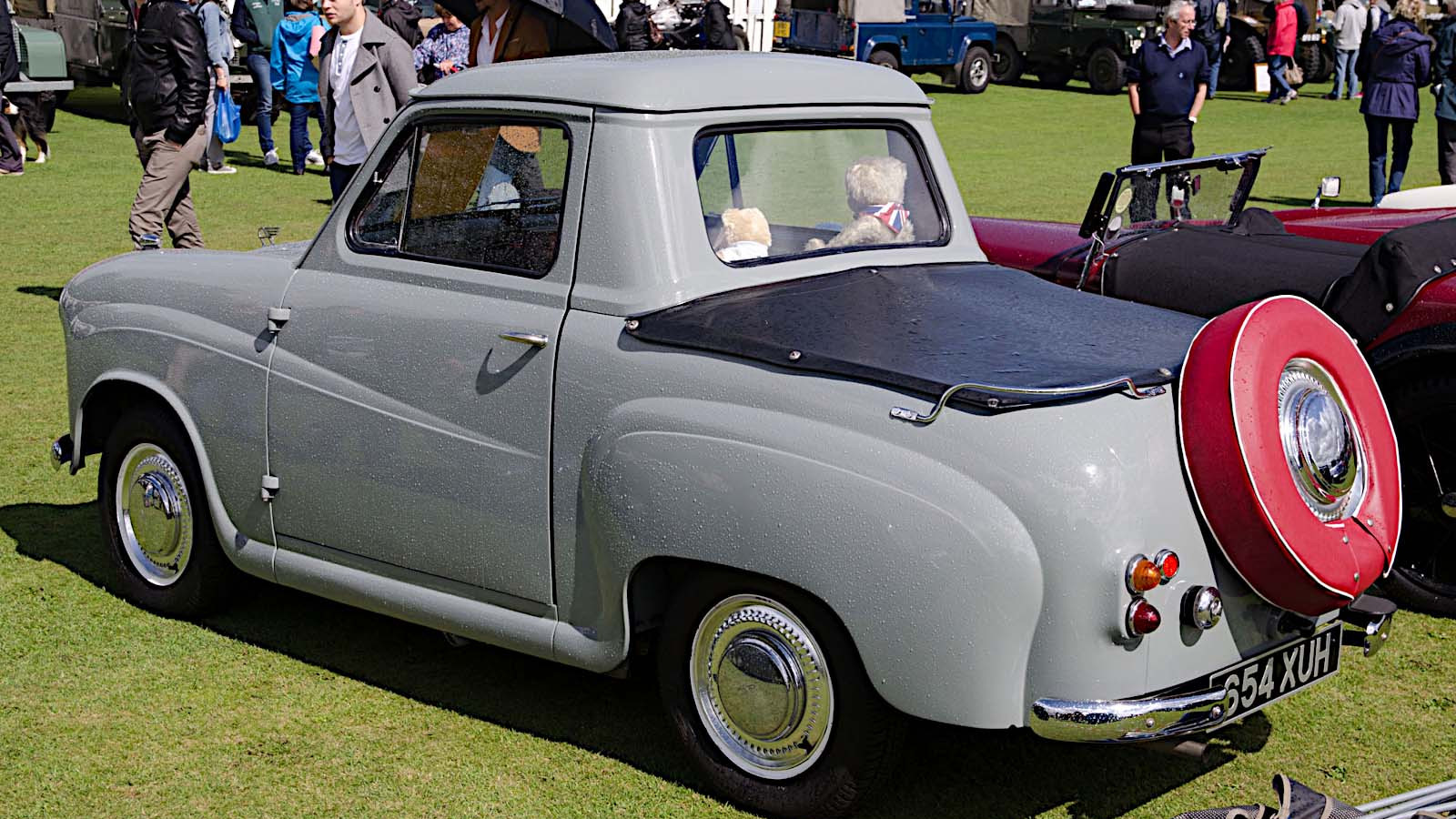 © SG2012/Creative Commons licence https://creativecommons.org/licenses/by/2.0/legalcode.en
© SG2012/Creative Commons licence https://creativecommons.org/licenses/by/2.0/legalcode.en -
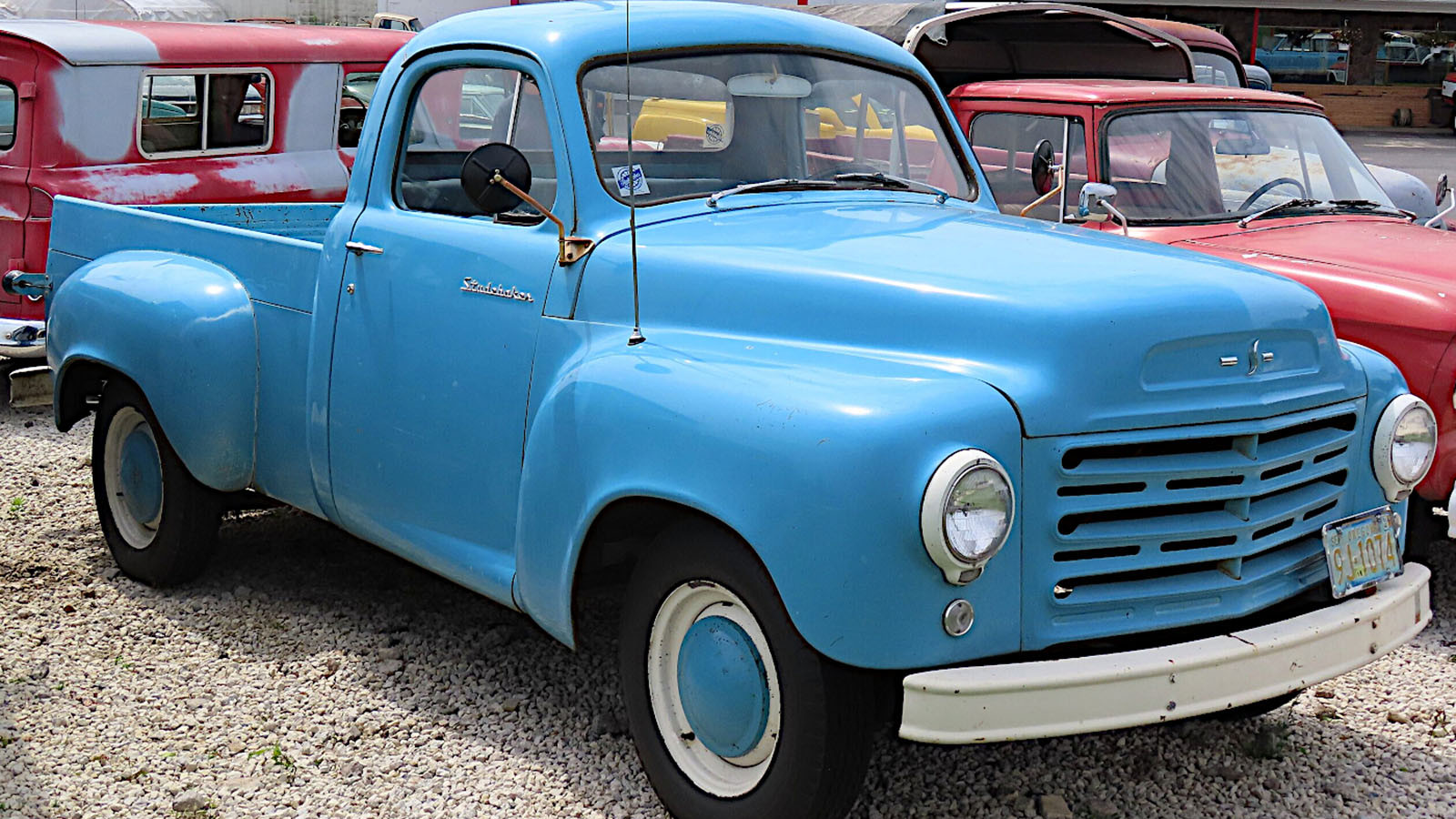 © MercurySable99/Creative Commons licence ttps://creativecommons.org/licenses/by-sa/4.0/legalcode.en
© MercurySable99/Creative Commons licence ttps://creativecommons.org/licenses/by-sa/4.0/legalcode.en -
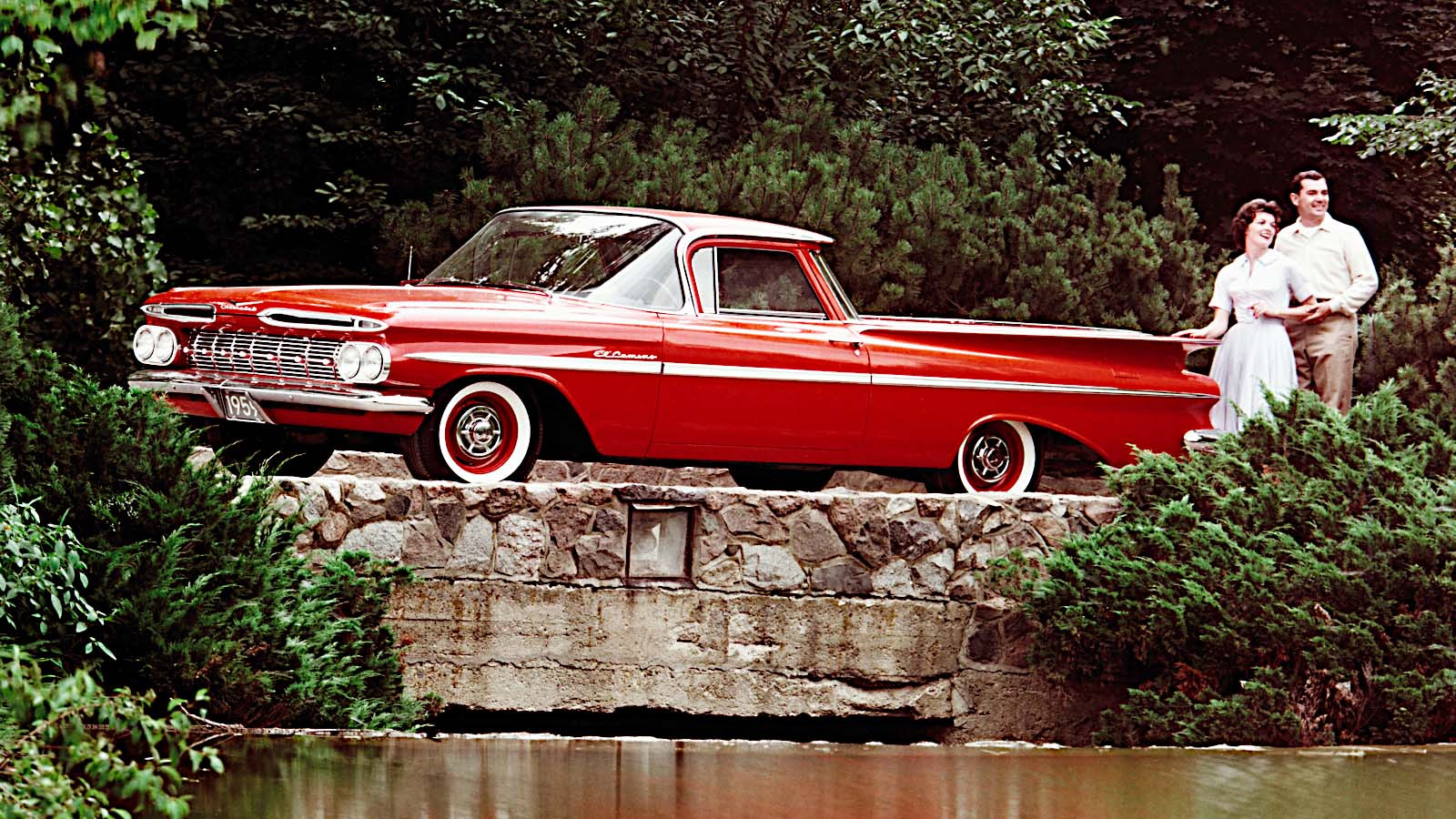 © GM
© GM -
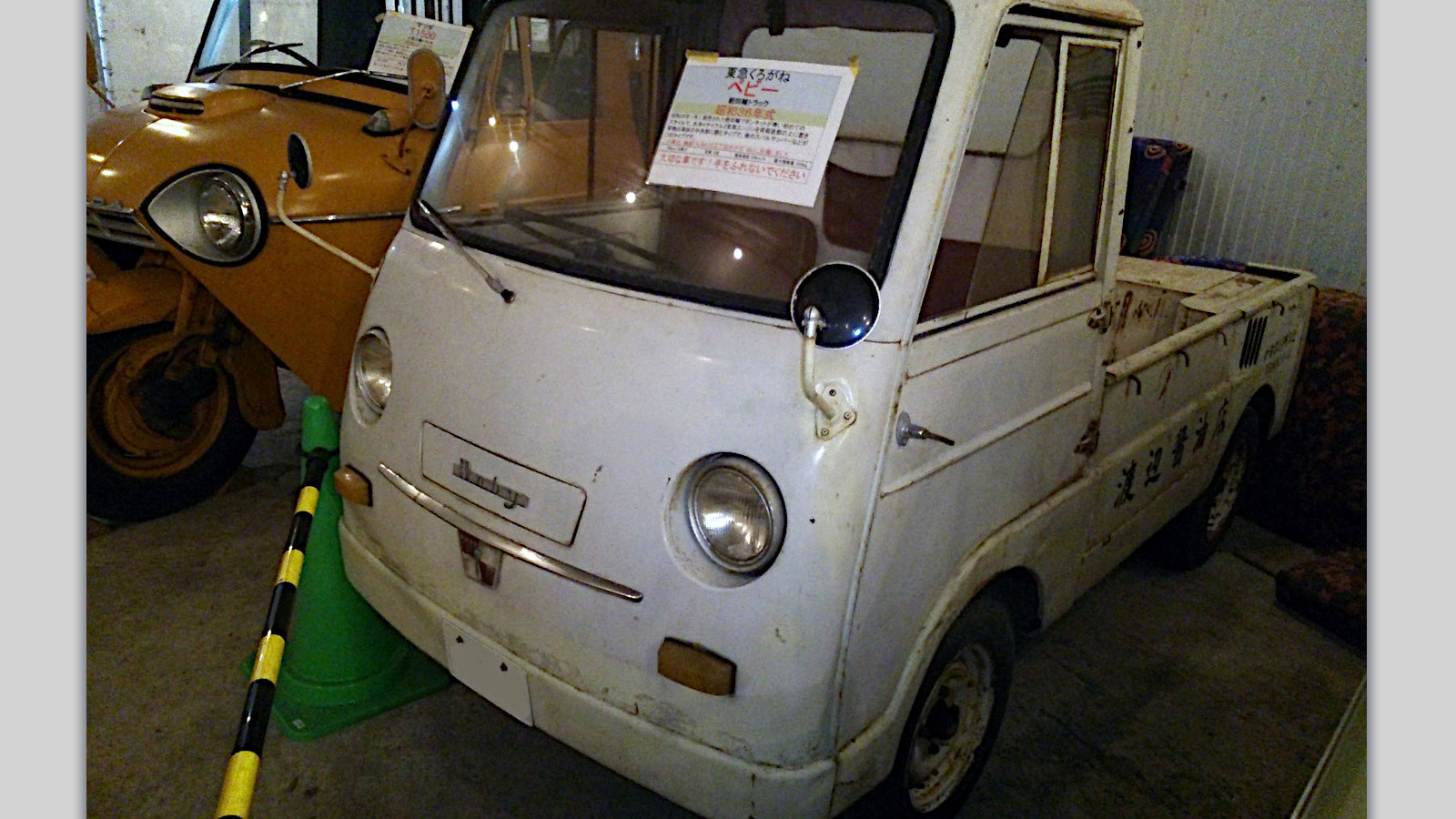 © 0man/Creative Commons licence https://creativecommons.org/licenses/by-sa/4.0/legalcode.en
© 0man/Creative Commons licence https://creativecommons.org/licenses/by-sa/4.0/legalcode.en -
 © Toyota
© Toyota -
 © unknown photographer/Creative Commons licence https://creativecommons.org/licenses/by/2.0/legalcode.en
© unknown photographer/Creative Commons licence https://creativecommons.org/licenses/by/2.0/legalcode.en -
 © GM
© GM -
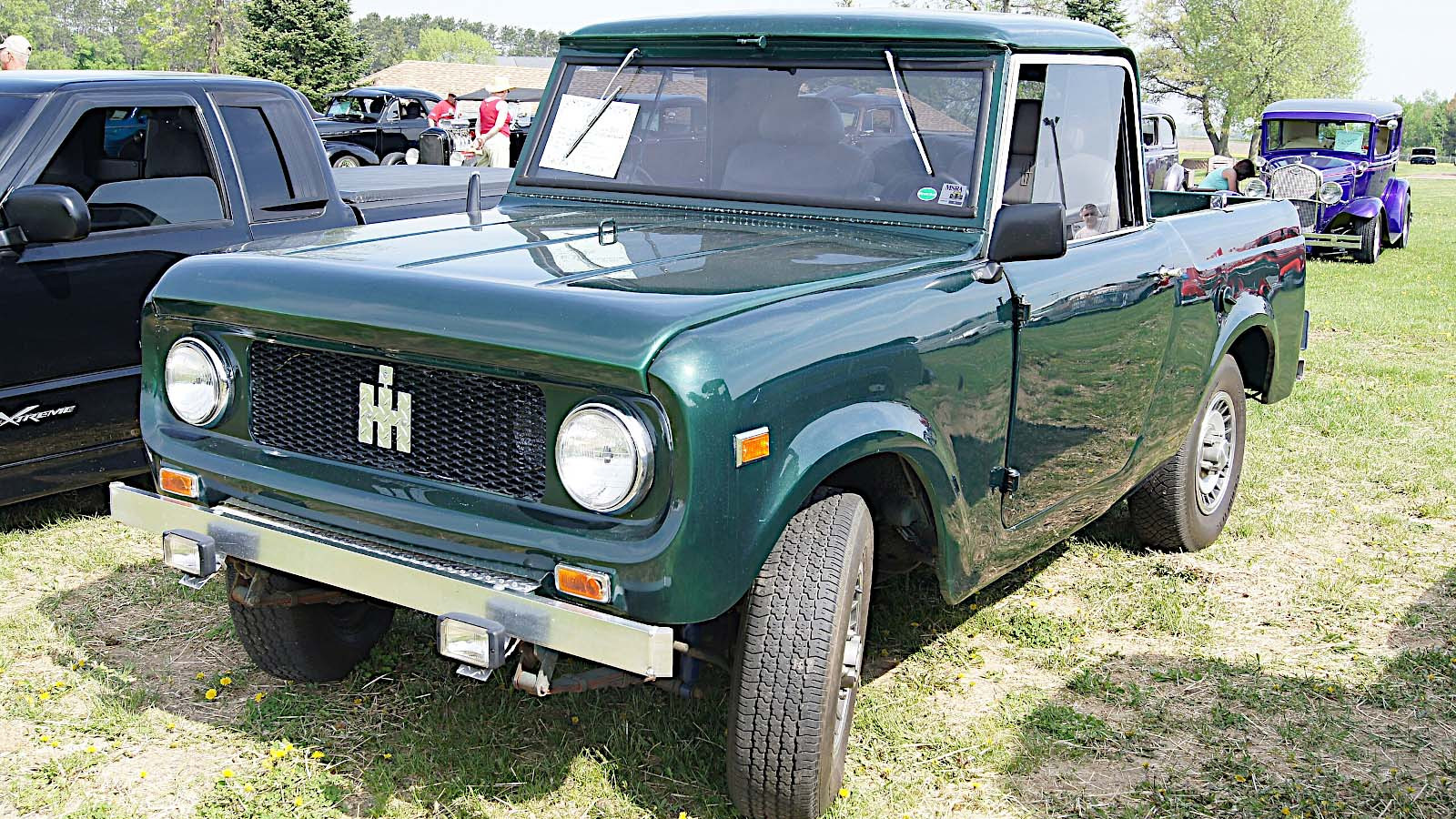 © Greg Gjerdingen/Creative Commons licence https://creativecommons.org/licenses/by/2.0/legalcode.en
© Greg Gjerdingen/Creative Commons licence https://creativecommons.org/licenses/by/2.0/legalcode.en -
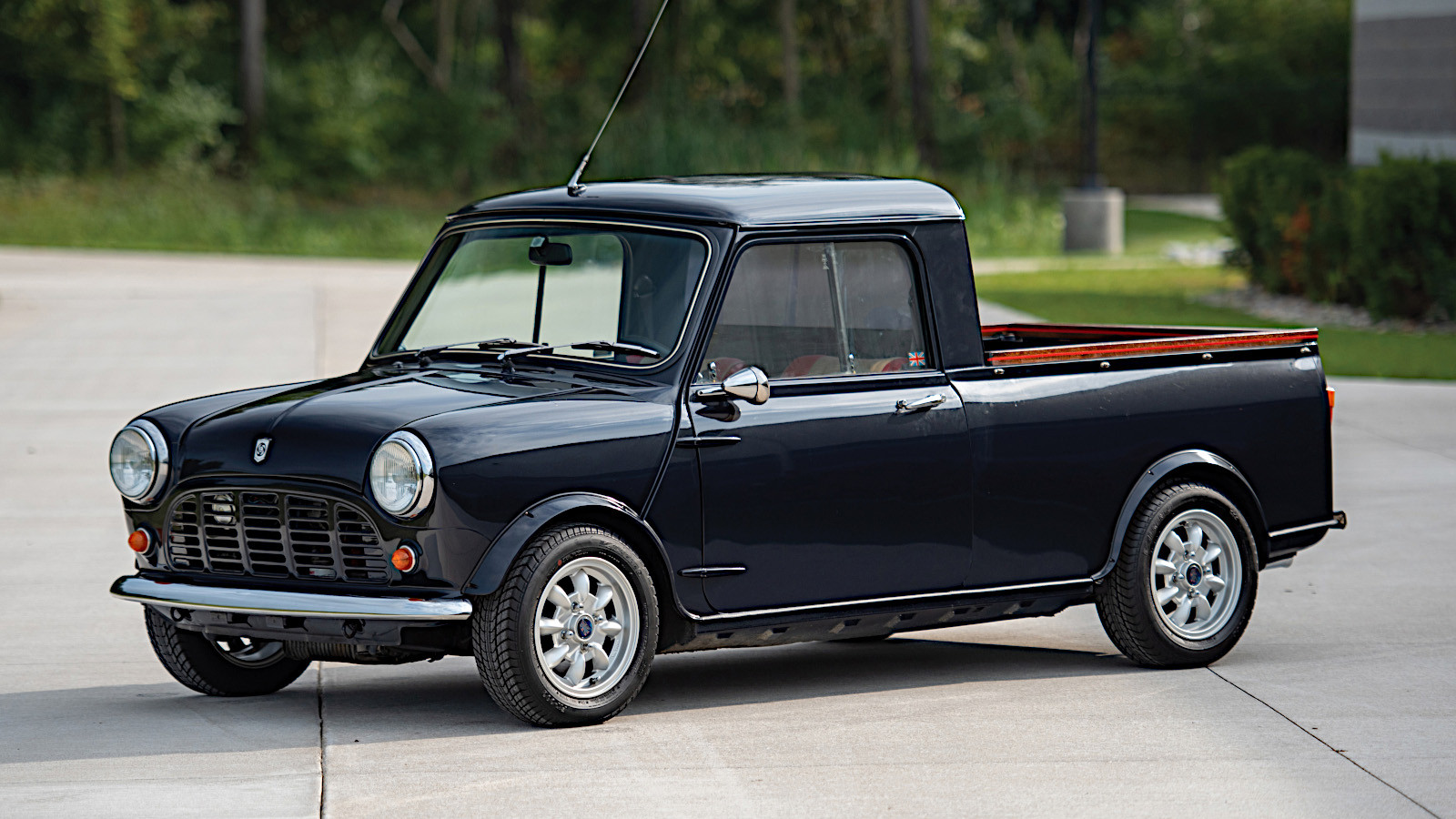 © RM Sotheby’s
© RM Sotheby’s -
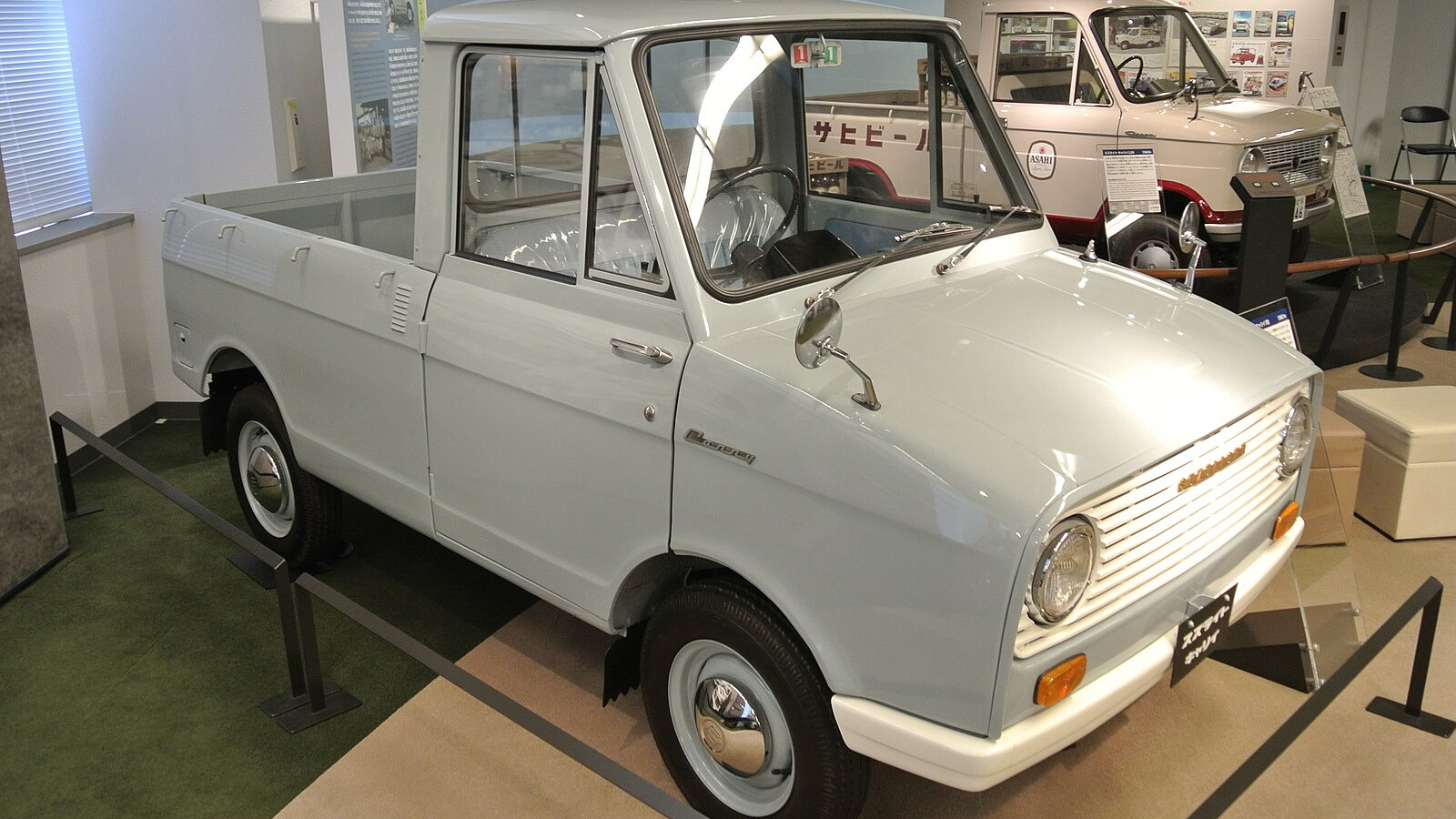 © Rainmaker47/Creative Commons licence https://creativecommons.org/licenses/by-sa/3.0/legalcode.en
© Rainmaker47/Creative Commons licence https://creativecommons.org/licenses/by-sa/3.0/legalcode.en -
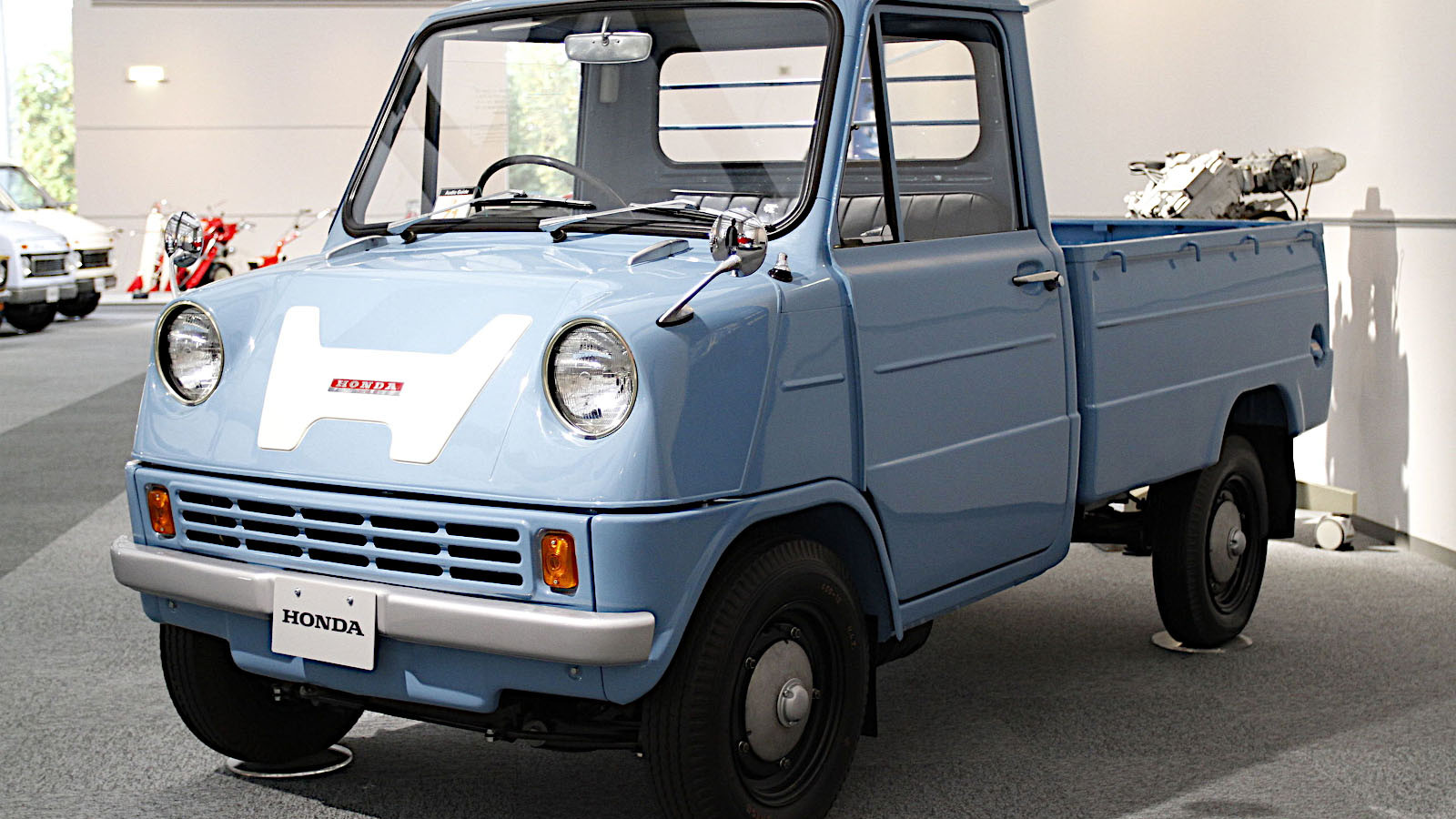 © baku13/Creative Commons licence https://creativecommons.org/licenses/by-sa/2.1/jp/deed.en
© baku13/Creative Commons licence https://creativecommons.org/licenses/by-sa/2.1/jp/deed.en -
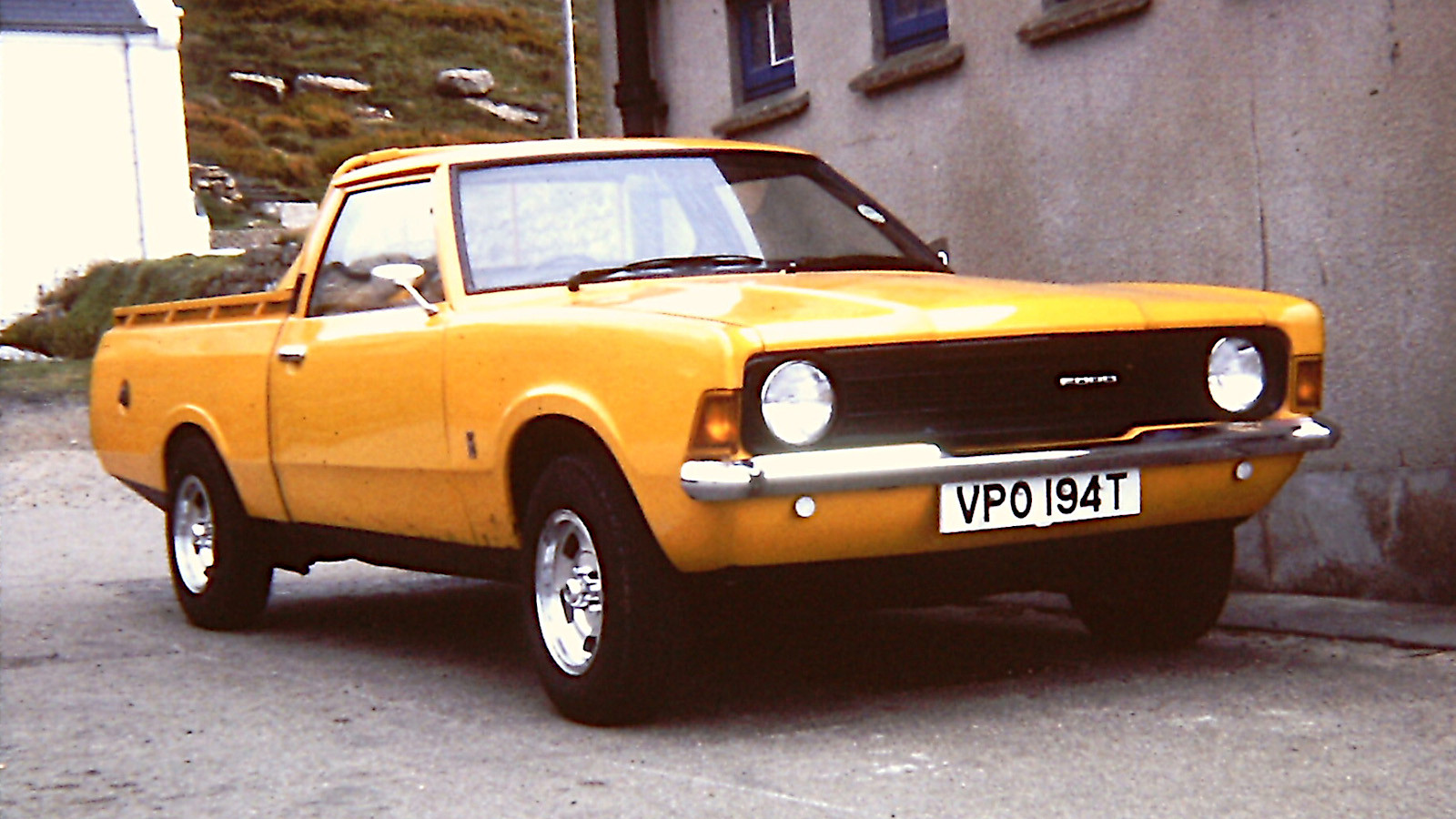 © Andrew Bone/Creative Commons licence https://creativecommons.org/licenses/by/2.0/legalcode.en
© Andrew Bone/Creative Commons licence https://creativecommons.org/licenses/by/2.0/legalcode.en -
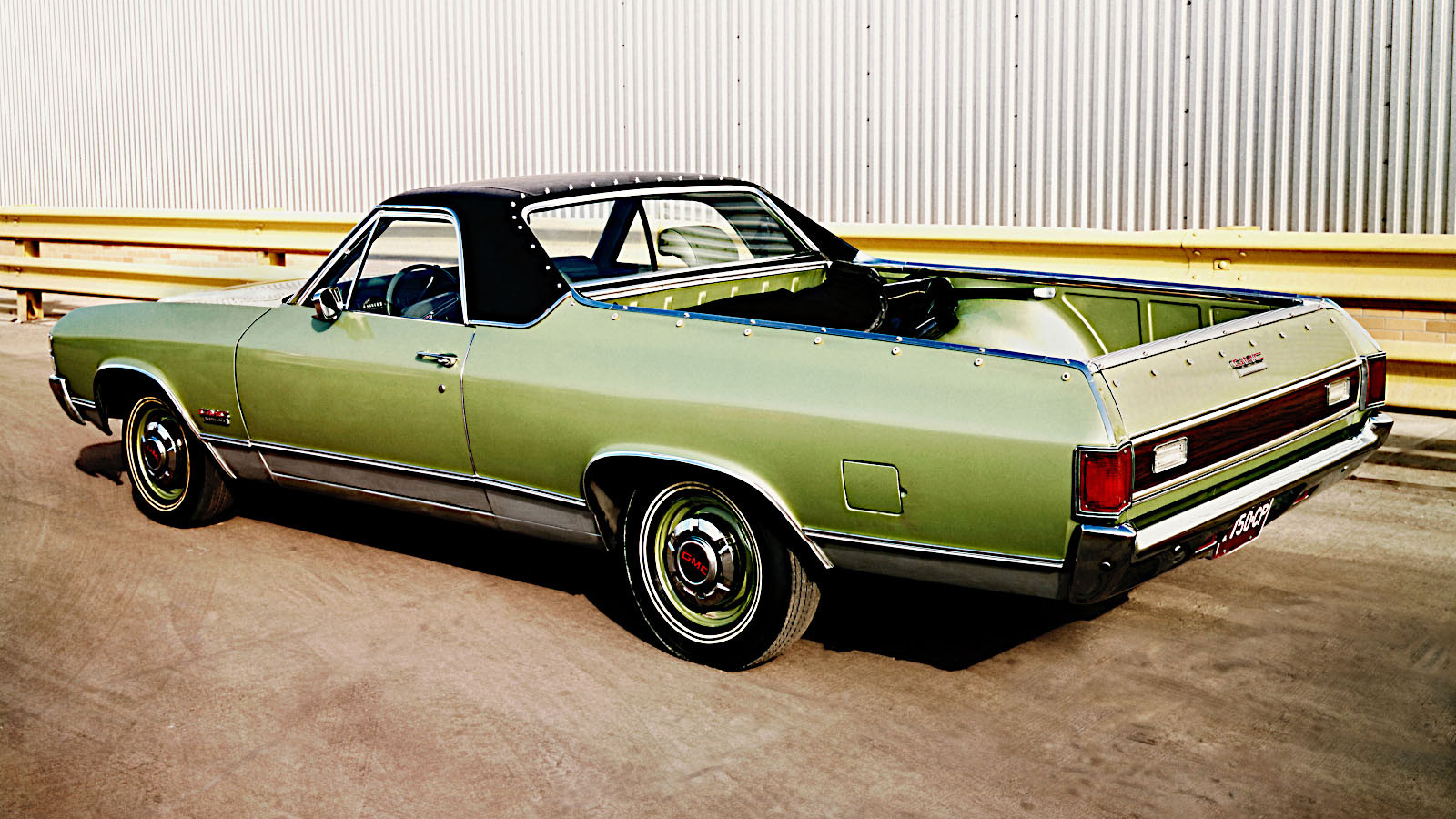 © GM
© GM -
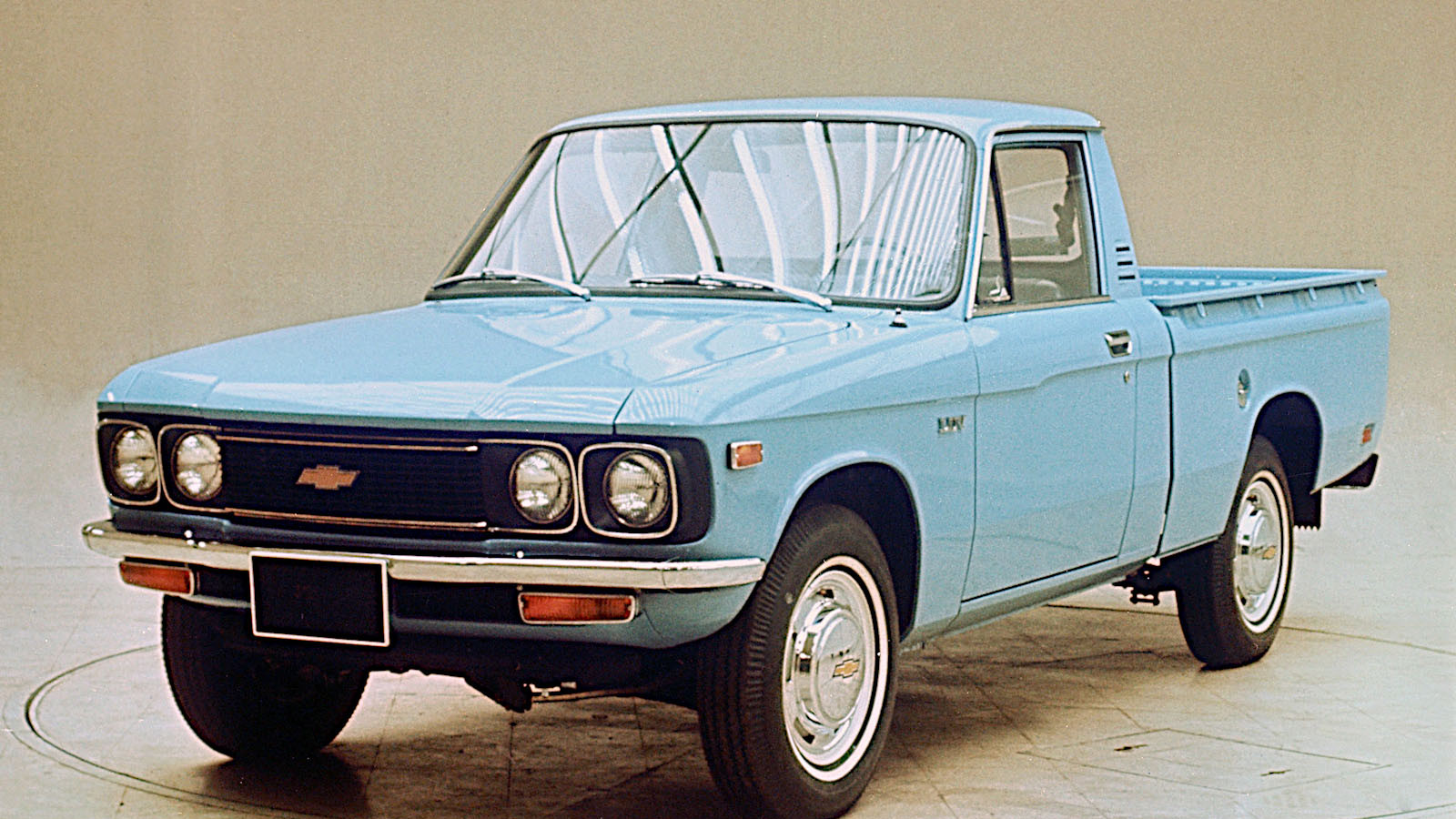 © GM
© GM -
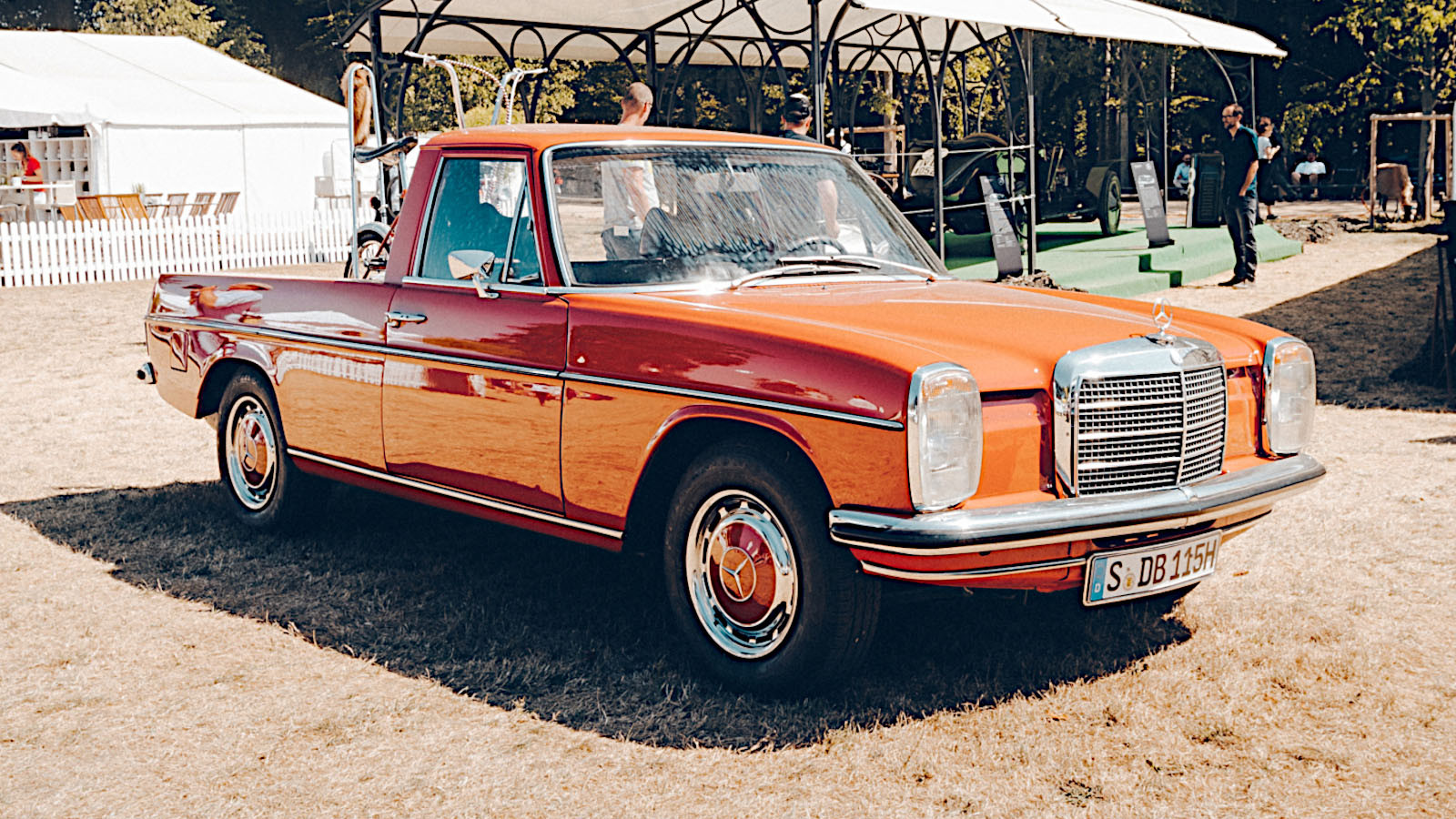 © Mercedes-Benz
© Mercedes-Benz -
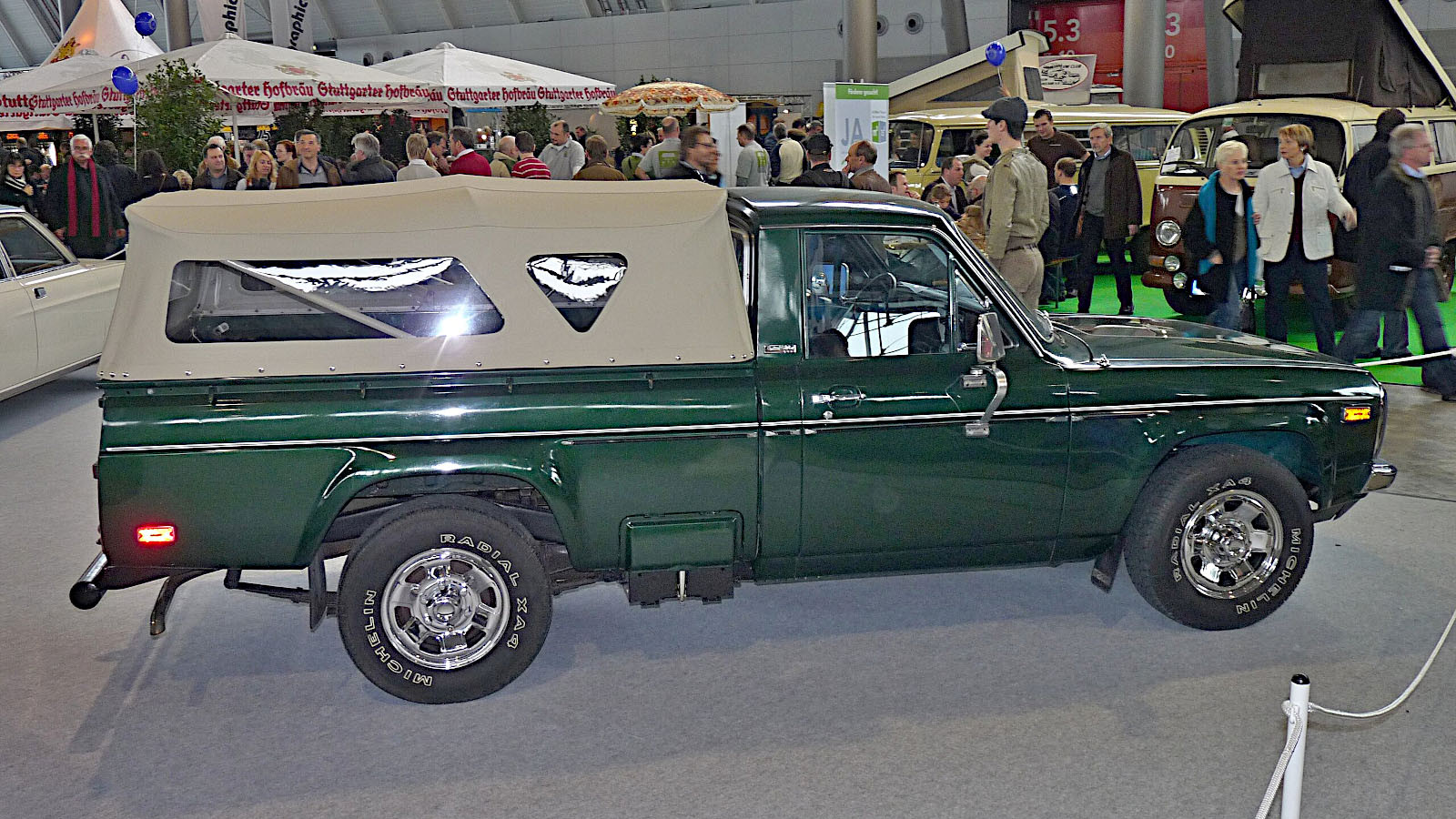 © Detectandpreserve/Creative Commons licence https://creativecommons.org/licenses/by-sa/3.0/legalcode.en
© Detectandpreserve/Creative Commons licence https://creativecommons.org/licenses/by-sa/3.0/legalcode.en -
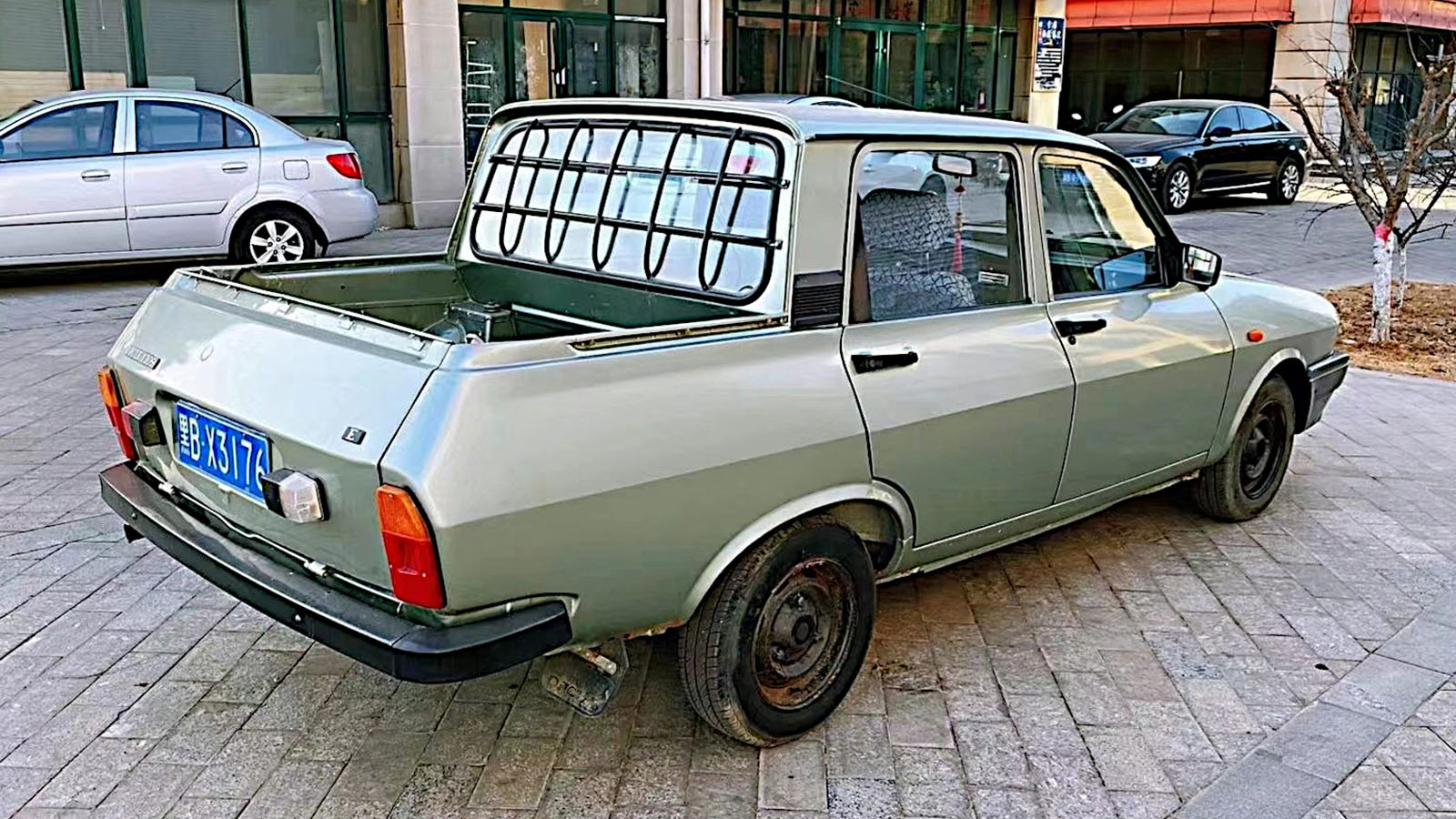 © Zoerides/Creative Commons licence https://creativecommons.org/licenses/by-sa/4.0/legalcode.en
© Zoerides/Creative Commons licence https://creativecommons.org/licenses/by-sa/4.0/legalcode.en -
 © Guillaume Vachey/Public domain
© Guillaume Vachey/Public domain -
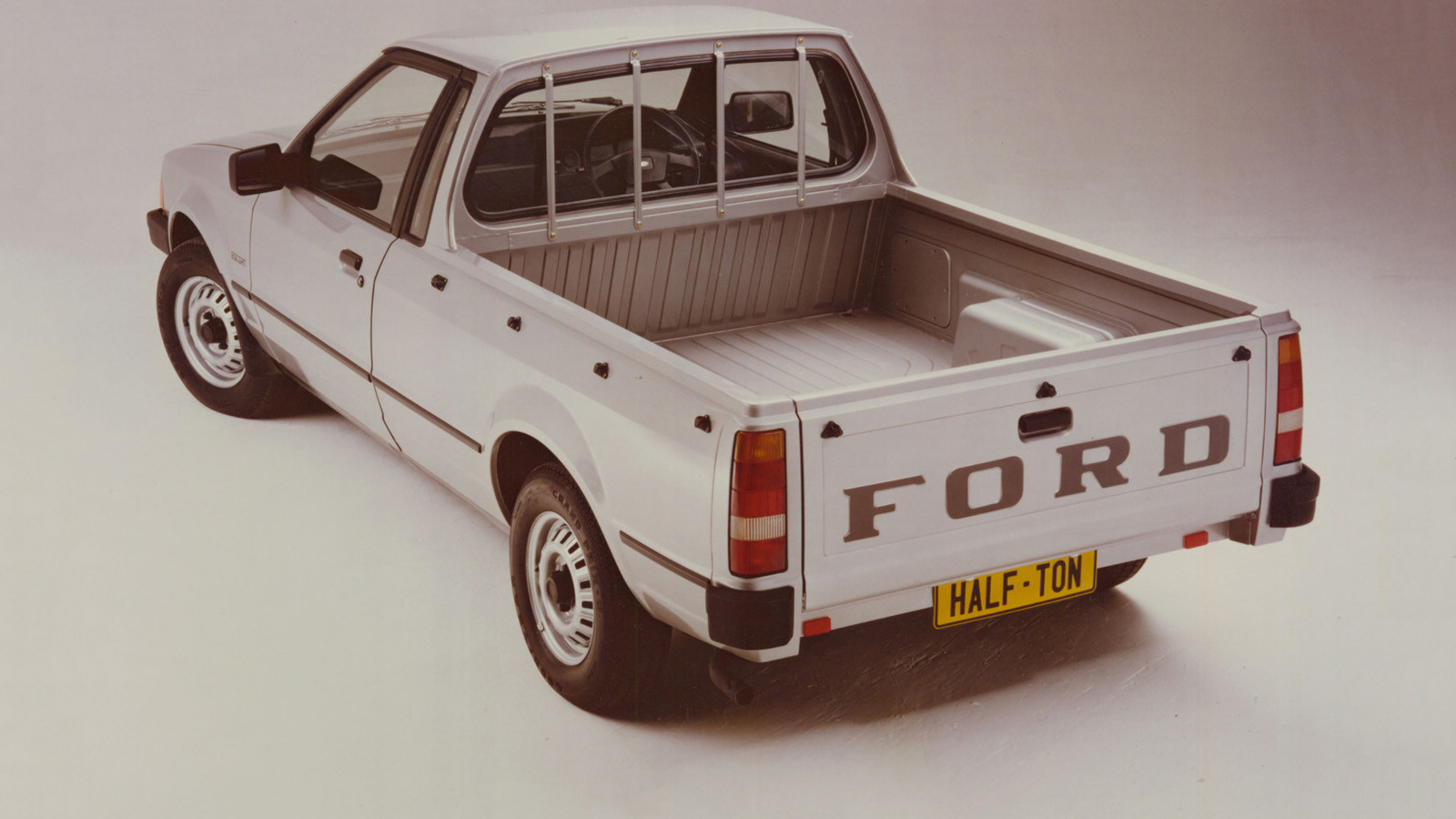 © Ford
© Ford -
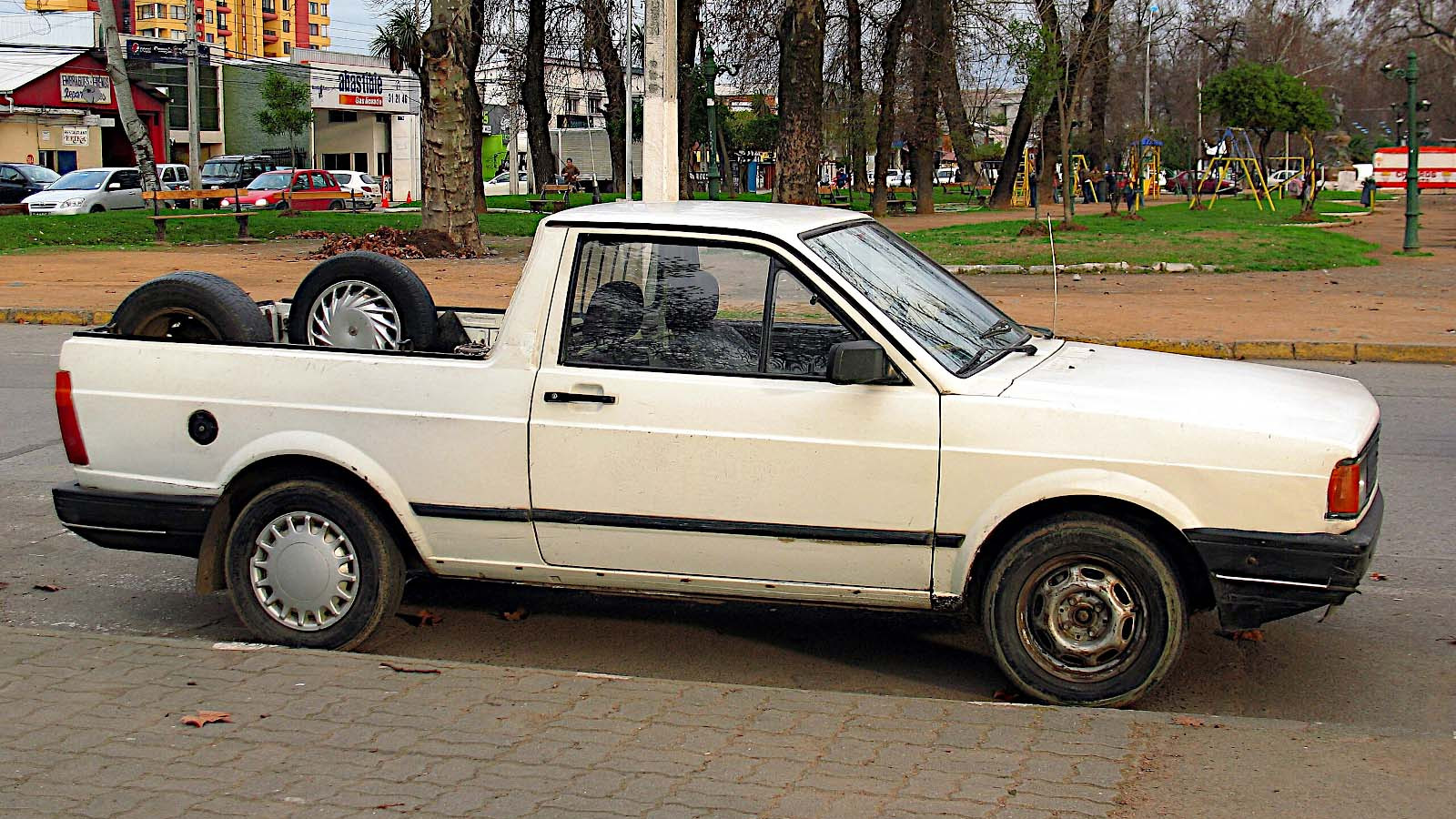 © order_242/Creative Commons licence https://creativecommons.org/licenses/by-sa/2.0/legalcode.en
© order_242/Creative Commons licence https://creativecommons.org/licenses/by-sa/2.0/legalcode.en -
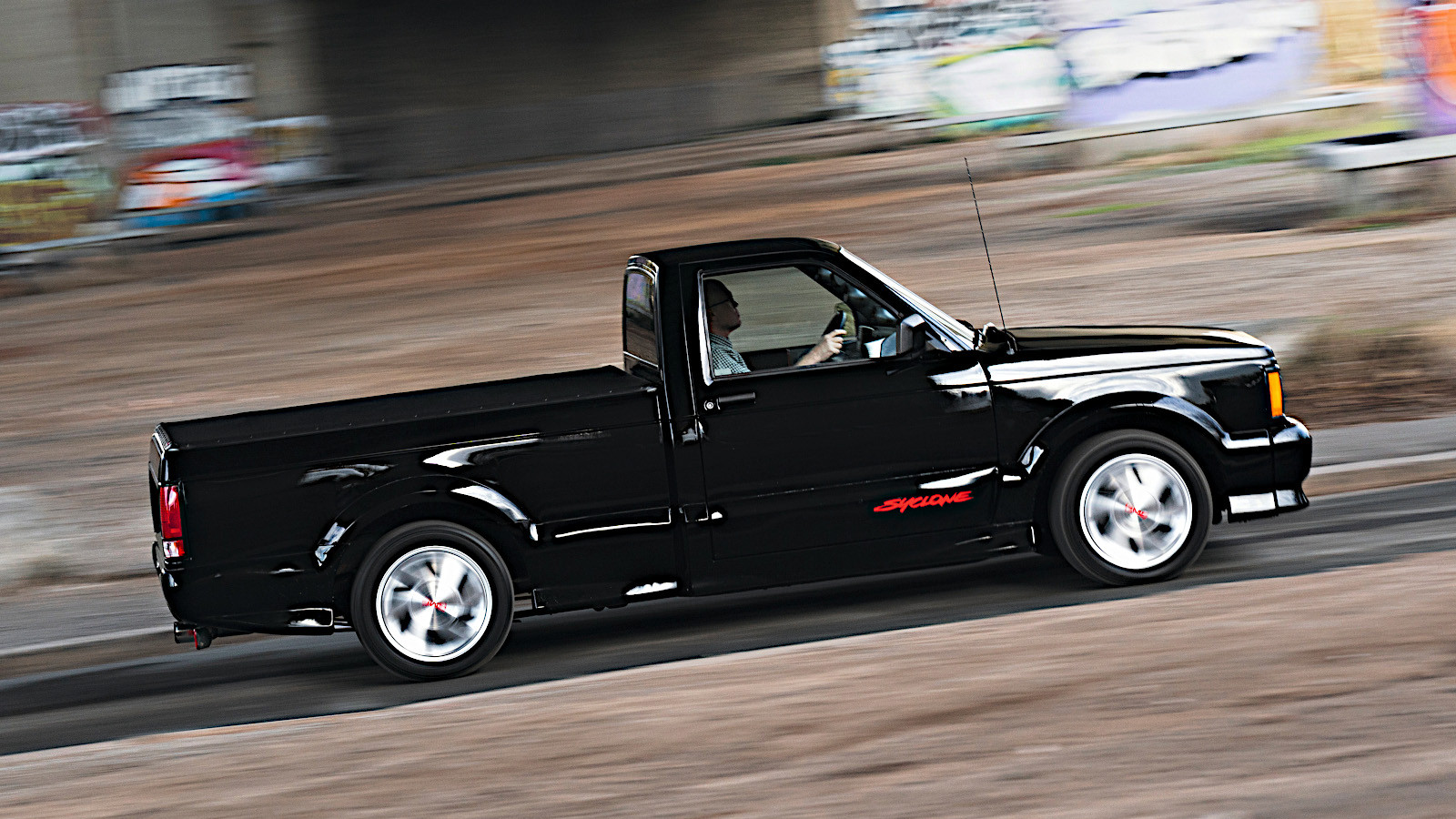 © Luc Lacey/Classic & Sports Car
© Luc Lacey/Classic & Sports Car -
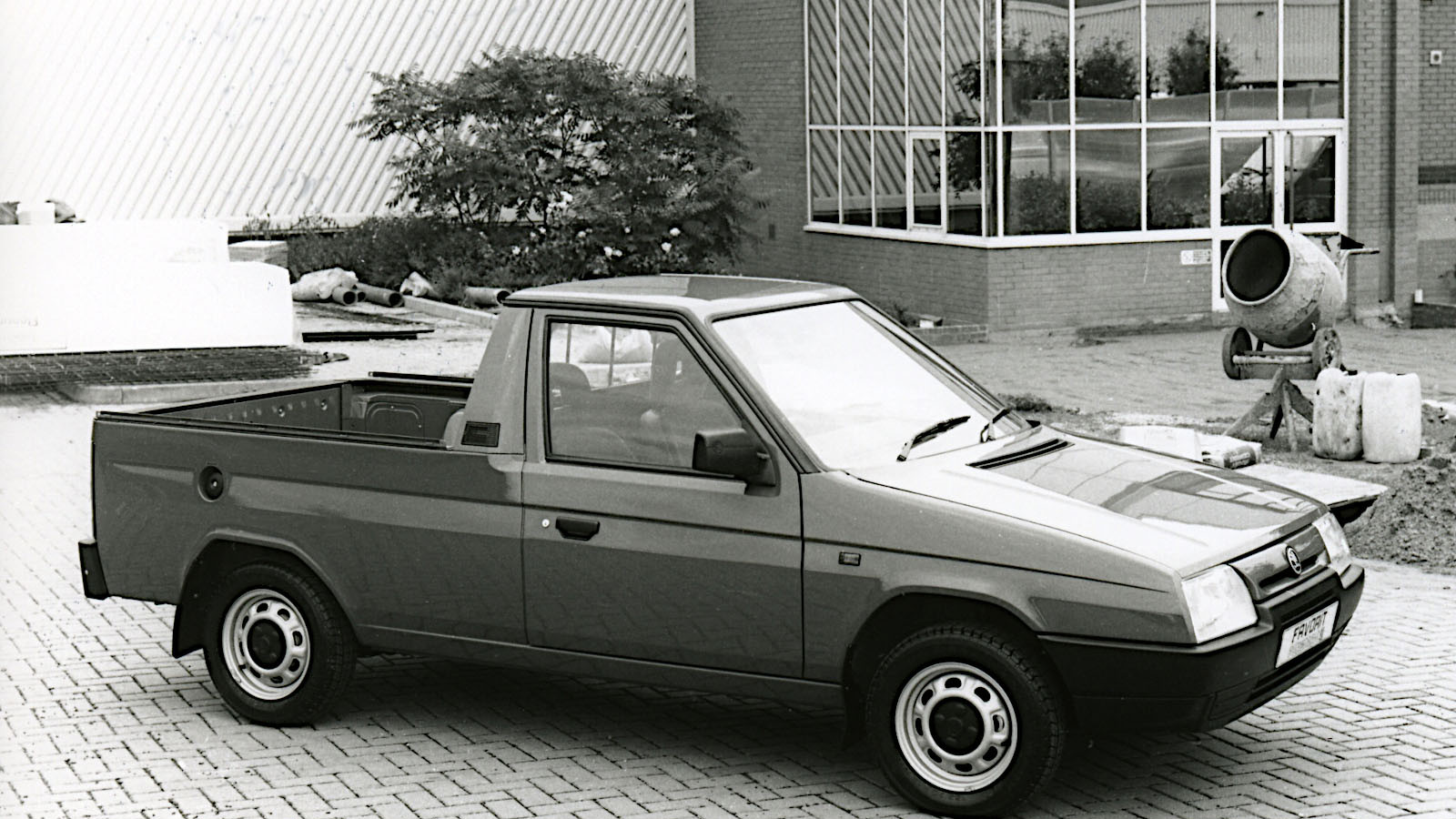 © Škoda
© Škoda
-
Practical classics
The history of the pick-up truck is only slightly shorter than that of the car itself.
Manufacturers around the world have been producing these useful vehicles for more than a century, for people who require more practicality than a conventional car provides.
Here we’re taking a chronological look at 37 pick-ups on sale before 2000, many of which may have escaped your attention until now.
For the avoidance of doubt, we’re using the term ‘pick-up’ in a wide sense and including utes, utilities and bakkies, even if some of these are not strictly considered to be pick-ups in all countries.
-
1. Ford Model AA (1927)
Ford’s most famous car, the Model T, was produced with many body styles, and the pick-up versions were known as Model TT.
The T was replaced by the second Ford known as Model A (the first having been produced very briefly in the early years of the century), and its pick-up equivalent was known as the Model AA.
Production of both the A and the AA lasted only until 1932, but they were splendidly successful during their short lives.
The Ford Model AA was built not only in the US but in several other countries, including Denmark, Russia and the UK.
-
2. Peugeot 201 (1929)
With 142,309 sales in eight years, equivalent to around three-quarters of the company’s total production from 1890 to 1929, the 201 was a huge success for Peugeot.
Its four-cylinder engine had a capacity of just 1122cc, which forced Peugeot to give it very low gearing simply so that it moved at all, but this does not appear to have troubled buyers to any great extent.
The Peugeot 201 is best known as a four-door saloon, but it was also available in several commercial versions, including a light truck (pictured) and a very similar pick-up.
-
3. Studebaker Coupe Express (1937)
Studebaker’s long history of producing pick-ups dates back to the GN Series of 1929.
Eight years later, the company introduced the remarkable Coupe Express, closely based on its entry-level car, the boldly named Dictator.
Styled by Raymond Loewy, who would go on to design many other Studebakers including the Avanti, it was in a sense a forerunner of later, very obviously car-based American pick-ups like the Ford Ranchero and Chevrolet El Camino.
It wasn’t a great success, though, being discontinued after the 1939 model year.
-
4. Datsun 17T (1938)
Nissan had already been in the business of building pick-ups for four years when the 17T came along.
Based on the little 17 saloon, it was manufactured until 1944, then reintroduced with minimal changes in 1948 as the 3135, and again in 1950 as the 4146, and once more in 1951 as the 5147.
All versions used the same 722cc engine, which dated back to 1933, but for the 4146 it was given a substantial power boost (proportionately, at least) from the original 16bhp to a more purposeful 20bhp.
-
5. Dodge T Series (1939)
T Series was the name originally used for a new series of Dodge pick-ups, which became known as the V Series in 1940 and the W Series from 1941 to 1947.
To avoid confusion, the whole lot of them are generally referred to as the Job Rated trucks.
With the exception of some rare diesels, all were powered by variants of the very long-lived Chrysler flathead straight-six engine, which also saw service in Plymouths and DeSotos.
There was a much wider variety of body styles, and in some cases Dodge even sold the Job Rated trucks incomplete so customers could commission appropriate bodies from specialist suppliers.
-
6. GMC AC Series (1939)
GMC’s new A Series range for 1939 included the light-duty AC models which, as is usually the case with GMC vehicles, bore a close resemblance to contemporary trucks from General Motors stablemate Chevrolet.
There were also AF models, which were significantly larger and had their cabs mounted above their engines rather than behind them.
The AC and AF replaced the short-lived T and F introduced in 1937, and were in turn replaced in 1941 by the CC and CF.
-
7. Chevrolet AK Series (1941)
Minor styling details aside, the GMC C Series trucks mentioned previously were the same as the Chevrolet AK Series launched in 1941.
The AK Series was far more ornately designed than the model it replaced, and although it shared mechanical components with Chevrolet passenger cars, it didn’t look like any of them.
It was produced mostly during wartime, being replaced by the next generation in 1947.
-
8. Mercedes-Benz 170V (1946)
The Mercedes-Benz 170V, known internally as the W136, was introduced in 1936, and was a big success until 1942, when German manufacturers (and almost everyone else) were occupied with other matters.
Production resumed in May 1946, and the very first post-war vehicle in the series was what we would now call a pick-up, though Mercedes refers to it as a ‘platform vehicle’.
The range as a whole remained available until 1953, but both the platform vehicle and the related panel van were discontinued in 1949.
The pick-up was therefore only fitted with a 1697cc engine, since Mercedes did not increase that unit’s capacity to 1767cc until 1950.
-
9. Chevrolet Advance Design (1947)
The first Chevrolet truck launched after the Second World War was available with several body styles, including a pick-up.
The range also included the third-generation Suburban, which would have been described as an MPV, or multi-passenger vehicle, if the term had existed in the late 1940s.
All versions were powered by straight-six engines, though their capacities rose gradually before the line was replaced in 1955.
In the usual General Motors fashion, the Advance Design had a GMC equivalent, which was known as the New Design.
-
10. Renault Colorale (1950)
Although it was in production for most of the 1950s, the Colorale is one of the less well-remembered vehicles to emerge from Renault factories.
Broadly speaking, there were two versions, a pick-up and what Renault ambitiously describes as ‘undoubtedly the first SUV in modern motoring history’.
One example of each type was driven all the way from Tierra del Fuego, at South America’s southernmost tip, to Fairbanks, Alaska, arriving at the latter in May 1952.
In the same year, the Colorale’s original 2.4-litre engine was replaced by the smaller but significantly more powerful 2-litre unit, which had recently made its debut in the Frégate saloon.
-
11. Morris Minor (1953)
The Morris Minor was introduced in 1948 and given a major update (which included replacing the original sidevalve engine with the BMC A-series) four years later.
In 1953, a pick-up variant was added to the range, and remained part of it until 1971.
Some later pick-ups – and indeed vans – were branded as Austin rather than Morris models, a thing that never happened to the saloons or estates.
-
12. Austin A50 Coupé Utility (1954)
Coupé Utility was the rather fancy name for a pick-up version of the Austin Cambridge A50, created by BMC Australia.
BMC in the UK did not try anything similar until 1957, when the A50 was replaced by the pre-Farina A55.
The Australians also produced an A55-based pick-up, but moved away from the idea when the Farina models came along in 1959, and did not return to it until it worked the same trick on the Austin 1800.
The British pre-Farina pick-ups, in contrast, remained in production for a very long time, eventually being discontinued in 1973.
-
13. Citroën 2CV (1954)
The Citroën factory in Slough, UK, built 2CV pick-ups, as well as vans and regular saloons, from 1954.
Five years later, it supplied the Royal Navy with 35 pick-ups which were transported to Singapore on HMS Bulwark, and a further 30 two years after that for HMS Albion.
Another Citroën outpost, this one in Arica, Chile, produced several 2CV-based models called Citroneta, one of which was also a pick-up.
An Iranian pick-up called the Jiane was, strictly speaking, based on the Dyane saloon, but that car was mechanically identical to the 2CV, so it almost counts.
-
14. Datsun 120 (1955)
Having soldiered on for several years with small pick-ups of pre-war design, Nissan went in a new direction with the 120.
It was based on the 110 saloon, and shared its 860cc sidevalve engine, which bore a close resemblance to the unit which had powered the Austin Seven.
The 120 evolved into the 220 (pictured), and then into the 320, which had a much larger 1.2-litre engine and continued in production until 1965.
Trucks in this series were popular not only in Japan but also in Australia and the US.
-
15. GMC Blue Chip (1955)
Following the usual General Motors practice, the Blue Chip was a rebadged version of the Chevrolet Task Force, which replaced the previous Chevy Advance Design and GMC New Design.
They looked far more modern than their predecessors, and unlike them they were available with the Chevrolet small-block V8 engine, which had recently made its first appearance in the Corvette and Bel Air.
These trucks were on the market only until 1959 before being replaced by the C/K Series, which in turn made the Blue Chip and Task Force look very old-fashioned.
-
16. Austin A35 (1956)
The Austin A35 was a reworking of the A30, introduced in 1952 and the first car powered by the BMC A-series engine.
There were saloon, estate and van versions of both models, but Austin waited until the A35 had been launched before offering a pick-up body style.
Unlike the Mini pick-up, which would be available within a decade, or the A35 range in general, this was not a great success.
Production numbers are difficult to determine, but it appears that fewer than 500 examples were built.
-
17. Studebaker Scotsman (1958)
Studebaker twice used the name Scotsman for very cheap and basic vehicles of the late 1950s.
A Scotsman could be either a regular car, available as a saloon or an estate, or an archaic-looking pick-up which would not have looked particularly modern if it had been on sale a decade earlier.
The latter outlasted the car by one year, continuing in production until 1959 before being replaced by the Champ, Studebaker’s final pick-up.
-
18. Chevrolet El Camino (1959)
Australia is the home of the very clearly car-based pick-up known as the ute, and South Africa the home of the very similar bakkie, but the US has had its own equivalents.
Ford got in on the act early with the Ranchero in the 1957 model year, and Chevrolet soon followed its great rival with the first-generation El Camino.
Advertised with the tagline, ‘Good looks never carried so much weight!’, this El Camino was on the market for only two model years, and after achieving sales which could at best be described as moderate, General Motors appears to have abandoned the idea.
In 1964, however, another Chevrolet El Camino was introduced, and it was followed by three further generations which kept the nameplate going until 1987.
-
19. Kurogane Baby (1959)
Available as both a pick-up and a van, the Baby was one of the earliest and perhaps the least well-known of the many kei trucks sold on the Japanese market.
Its 356cc engine capacity, 1280mm width and 2995mm length were all close to the maximum allowed in the kei class at the time.
Facing strong opposition from rival models produced by larger companies, it wasn’t successful enough to save Kurogane, which ceased production of this and all its other vehicles in 1961.
-
20. Toyota Stout (1959)
The Toyota Stout pick-up was produced in three generations for a little more than four decades.
On the face of it, the original model was on sale for only one year, but it was in fact a renamed version of the existing RK truck, which had been around in various forms since 1954.
It was powered by a 1.5-litre engine from Toyota’s long-running R family, which was still being used in Stouts not long before the model was discontinued (perhaps temporarily) in 2000.
-
21. Daihatsu Hijet (1960)
In its various forms, the Daihatsu Hijet is widely known, since it has been part of the motoring world for more than 60 years.
The earliest model, sold as both a van and a pick-up, is unusual in that it was the only one without a cabover body, the driver sitting behind the engine rather than above it.
It met the kei regulations of its day, but Daihatsu also produced a non-kei version called the New Line which had a 0.8-litre engine and was considerably less successful, no doubt because it was subject to higher tax payments.
The original Hijet layout was not conducive to load-carrying ability, which is largely the point of a kei truck, so Daihatsu switched to a cabover body for the second-generation model introduced in 1964, and has stayed with it ever since.
-
22. Chevrolet Corvair 95 (1961)
The unusual rear-engined Chevrolet Corvair was introduced in saloon form in 1960.
The range was expanded the following year to include the Greenbrier, which was mechanically similar but had a cabover van body style.
There were also two Greenbrier-based pick-ups known as the Corvair 95 Loadside and Rampside, in which the load bay was accessed through a panel at the rear or the side respectively.
The Rampside (pictured) was more popular, and remained on the market for longer, but initial buyer enthusiasm quickly faded, and by 1965 neither model was still in production.
-
23. International Scout 80 (1961)
Already known for its larger pick-ups, among other practical machines, International Harvester produced a relatively petite model of the type in the Scout 80, which was also available as an SUV.
It became the 800, then the 800A, then the 800B before finally being replaced by the Scout II in 1971.
International Harvester became Navistar in 1986, and was renamed International Motors in 2024.
-
24. Mini (1961)
Although it’s best remembered as a two-box saloon, the classic Mini was in fact offered with a wide range of body styles.
A pick-up version, based on the long-wheelbase platform also used for the estate and van, was introduced in 1961.
With total production of reportedly less than 60,000, it wasn’t especially popular, but since it had a limited potential customer base this was only to be expected.
That customer base was loyal, though, to the extent that production of the pick-up (or 95 as it and the van became known) lasted into the 1980s.
-
25. Suzulight Carry (1961)
The first-generation Suzulight Carry was initially available only as a pick-up, but two van versions (one with a full complement of windows) were introduced during its run.
This was another early Japanese kei truck, with a two-stroke, twin-cylinder engine very close to the maximum permitted capacity of 360cc.
It was replaced in 1965 by the second Carry, and for the third Suzuki abandoned the Suzulight brand name and used its own instead.
-
26. Honda T360 (1963)
By a matter of months, the T360 was Honda’s first series-production four-wheeler, though it had been in the motorcycle business for eight years.
Following the pattern already established by other Japanese manufacturers, it was a kei truck, available in van and pick-up formats.
The related T500 had a larger engine which made it ineligible for kei classification but, at least in theory, more desirable outside Japan, though sales are believed to have been only around one 10th of the T360’s.
-
27. Ford P100 (1971)
P100 is the name retrospectively given to two car-based pick-ups developed by Ford’s South African operation, though it was not always used in period.
The vehicle began as the Cortina Pickup, revealing (if it wasn’t clear already) that the base car was the third-generation Cortina saloon.
It later came to resemble the Cortina of the following generation, and in its final years it was based on the Cortina’s replacement, the Sierra.
Ford P100s were also built many thousands of miles from South Africa, in Portugal and Turkey.
-
28. GMC Sprint (1971)
Since the GMC brand is not well known outside North America, readers living elsewhere will be less familiar with the Sprint than with its exact counterpart, the third-generation Chevrolet El Camino.
Both were car-based pick-ups occasionally powered by very large V8 engines, but at first they coincided only briefly, since in 1971 the El Camino was just two model years away from being replaced.
The second Sprint was also the fourth El Camino, and the basic principle continued for one more generation, though GMC decided to abandon the Sprint name at this point and go with Caballero instead.
-
29. Isuzu Faster (1972)
The name might not mean much to people in many countries, but the Isuzu Faster was produced in three generations for 30 years.
During that period, it was reworked, renamed and sold worldwide by several General Motors brands including Bedford, Chevrolet (1972 LUV pictured), Holden and Opel.
The original model was related to the Isuzu Florian saloon, and was replaced in 1980 by a version which gave way in turn to the final generation eight years later.
-
30. Mercedes-Benz W114 (1972)
There was some surprise in 2017 when Mercedes introduced its X-Class, a relative of the Nissan Navara.
The marque was not considered as a manufacturer of pick-ups at the time, but in fact there were at least two precedents.
In addition to the 170V platform vehicle mentioned earlier, diesel-engined pick-up variants of the W114/W115, also known as Stroke Eight, were produced in the early-to-mid 1970s in Argentina, and do not appear to have been sold outside South America.
Some sources claim that there was only ever a 220D pick-up, but Mercedes itself says that the picture here is of a more powerful 240D.
-
31. Mazda Rotary (1974)
The Mazda B Series went into its second generation in 1965, but the most unusual version did not appear until nine years later.
By then, Mazda had become the automotive world’s most enthusiastic promoter of rotary engines, and it now decided to fit one to a pick-up for the first and only time.
Any chance that another manufacturer would do the same thing evaporated when a combination of a global oil crisis and an insistence on improving exhaust emissions made rotaries very unpopular.
The Mazda Rotary was discontinued in 1977, and nothing like it has been put on the market since then.
-
32. Dacia Pick-Up (1975)
This vehicle was based on the Dacia 1300, a derivative of the Renault 12 built in Romania from 1969.
It outlasted the saloon by a very long way, remaining in production (with several styling updates) until 2006.
By then, only a diesel engine was available, but the Pick-Up was the last model ever to be fitted with the Renault Cléon-Fonte engine, which was still being used as late as 2004, 42 years after its first appearance.
-
33. ARO 10 (1980)
The ARO 10 was produced by another Romanian company, whose name was short for Auto Romania and which specialised in off-roaders.
Smaller than most of ARO’s products, it was related to the Dacia Pick-Up, and therefore also to the Renault 12, though it didn’t look much like either.
Most ARO 10s were SUVs, but the pick-up body style was also available.
In some markets, including the UK, it was sold as the Dacia Duster, but was unrelated to the SUV of the same name which Dacia itself introduced in 2010.
-
34. Ford Bantam (1983)
The Ford Bantam is not widely known outside South Africa, where it served the local ute market for three generations.
Each was based on a different existing production car, the first being the third-generation Ford Escort.
The second, introduced in 1990, was a derivative of the Mazda 323, while the third, which arrived in 2002, was a variant of the Fiesta.
That final version was similar in principle to the Fiesta-based Courier built in South America at around the same time, but there were significant differences in design.
-
35. Volkswagen Saveiro (1983)
The Volkswagen Gol, whose name is only coincidentally similar to that of the Golf, was a very popular car in South America for more than 40 years.
The first version was introduced in 1980, and followed three years later by a pick-up derivative called the Saveiro.
There have been similar models ever since, and in fact although the VW Gol was discontinued in 2023, the Saveiro remains on the market today.
-
36. GMC Syclone (1991)
No one would describe the Syclone as GMC’s most practical pick-up, but in all fairness it was never meant to be.
What it was meant to be was fast, and it’s beyond doubt that that part of the brief was fulfilled more than adequately.
Astonishingly for its time, though less so for today, the Syclone was fitted with a turbocharged 4.3-litre V6 which produced 280bhp and drove all four wheels.
GMC produced it for only one year, then replaced it with the equally unlikely Typhoon SUV, which had the same drivetrain.
-
37. Škoda Favorit Pick-Up (1991)
Škoda produced pick-up versions of two passenger cars in the 1990s.
The first was based on the Favorit, the last model designed before the company’s takeover by Volkswagen, and appeared in 1991.
Two years later, a concept called the Favorit Fun was displayed, but the Fun which actually went on sale in 1995 was in fact based on the pick-up derivative of the Felicia, which had replaced the Favorit in the previous year.
Only 4016 Škoda Felicia Funs were built before production ended in August 2000, making this by far the rarest individual model in the Felicia range.
We hope you enjoyed this gallery. Please click the ‘Follow’ button above for more super stories from Classic & Sports Car.
